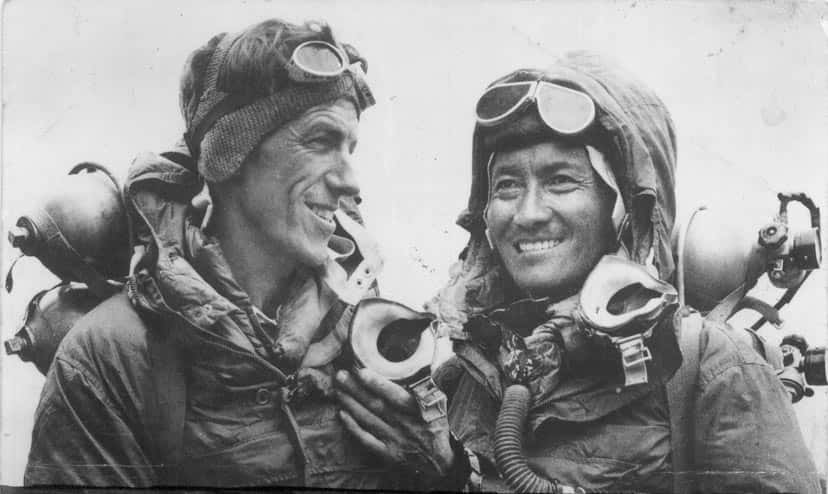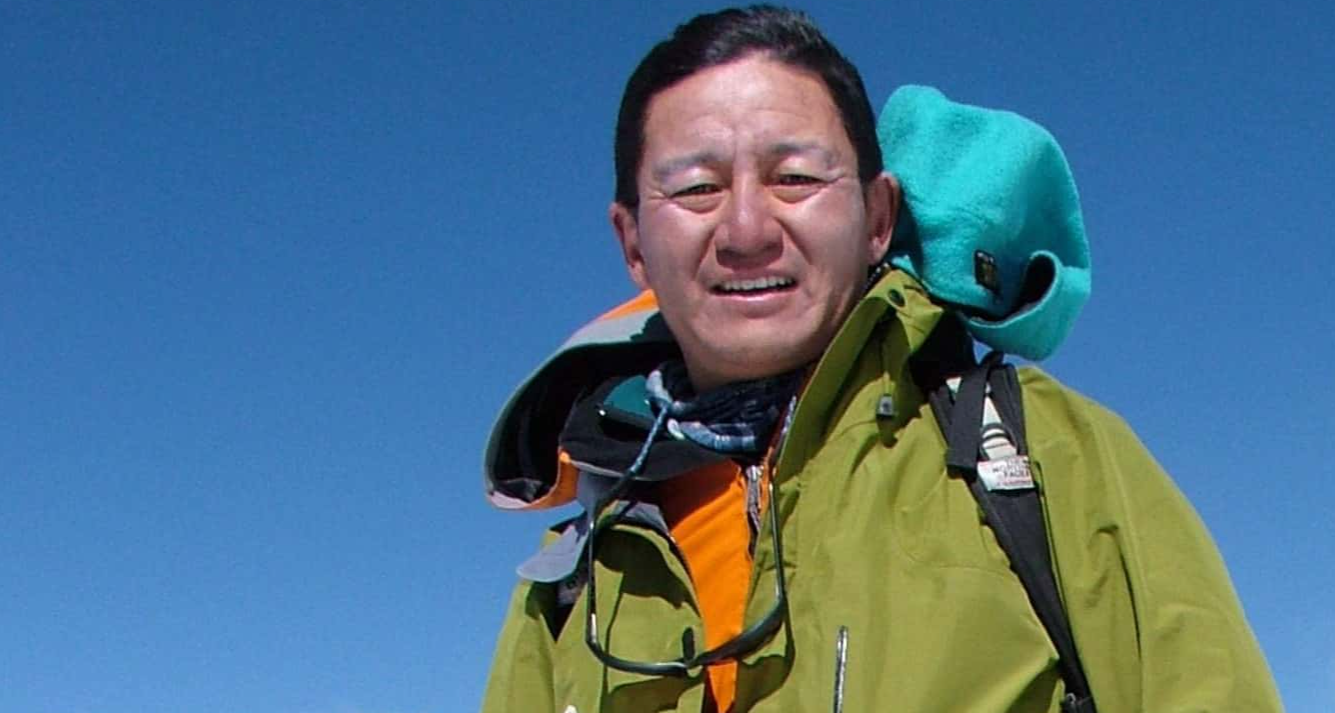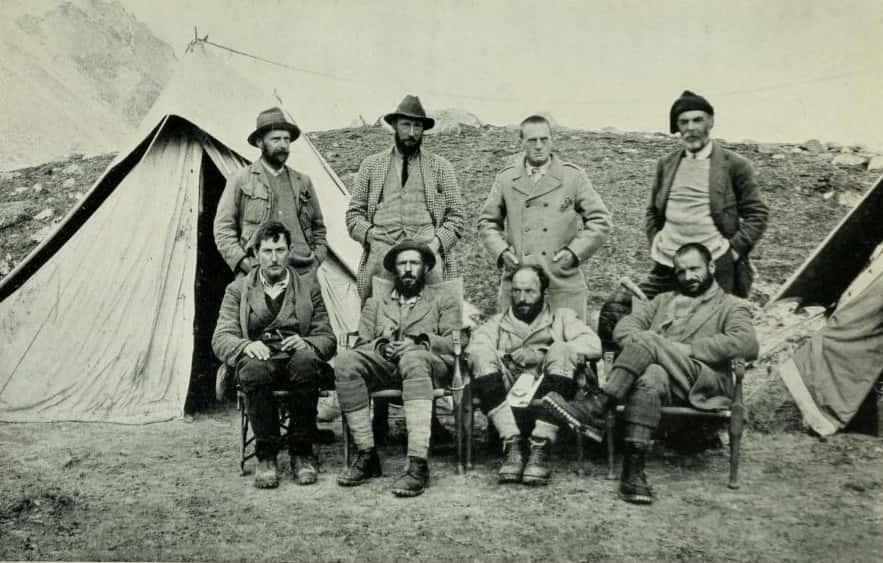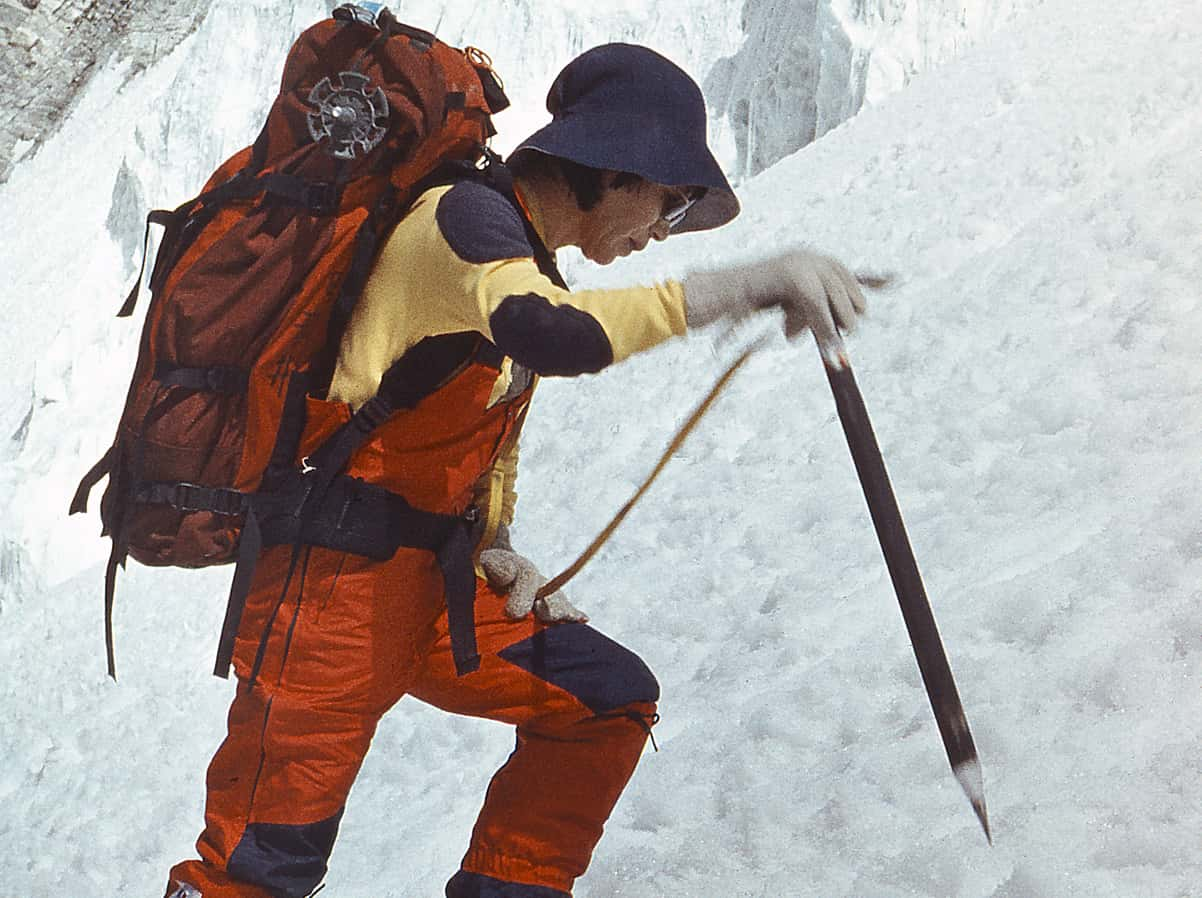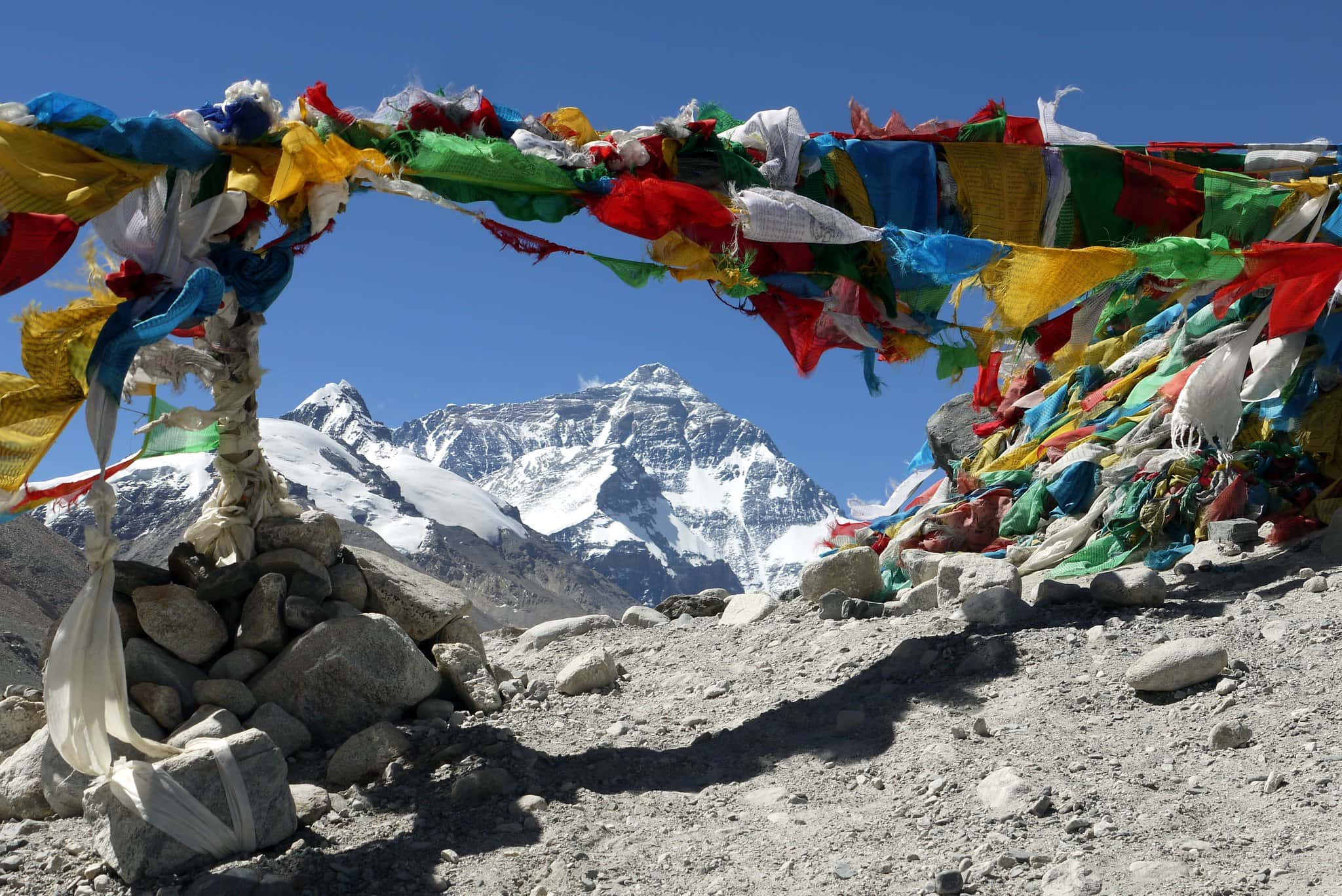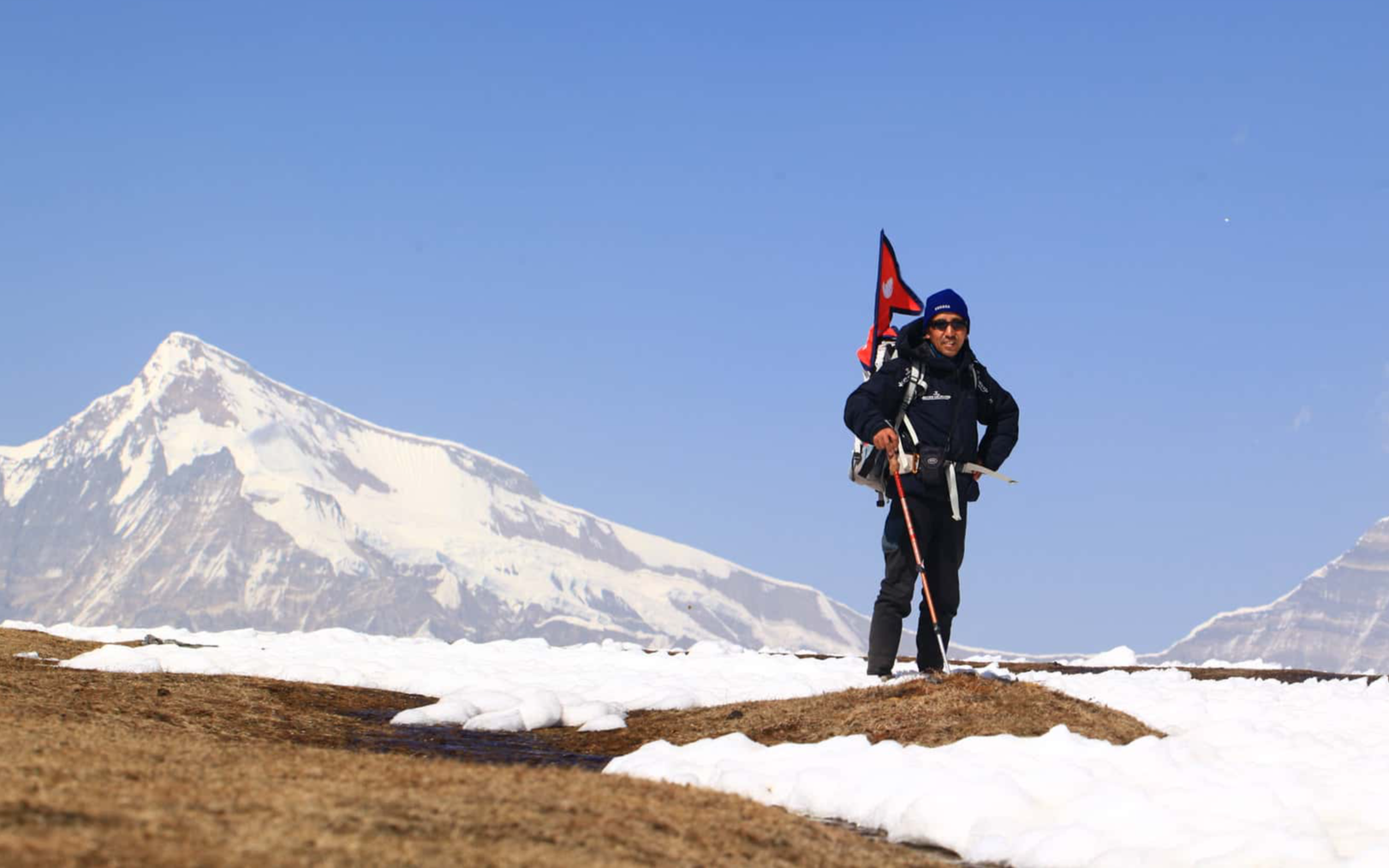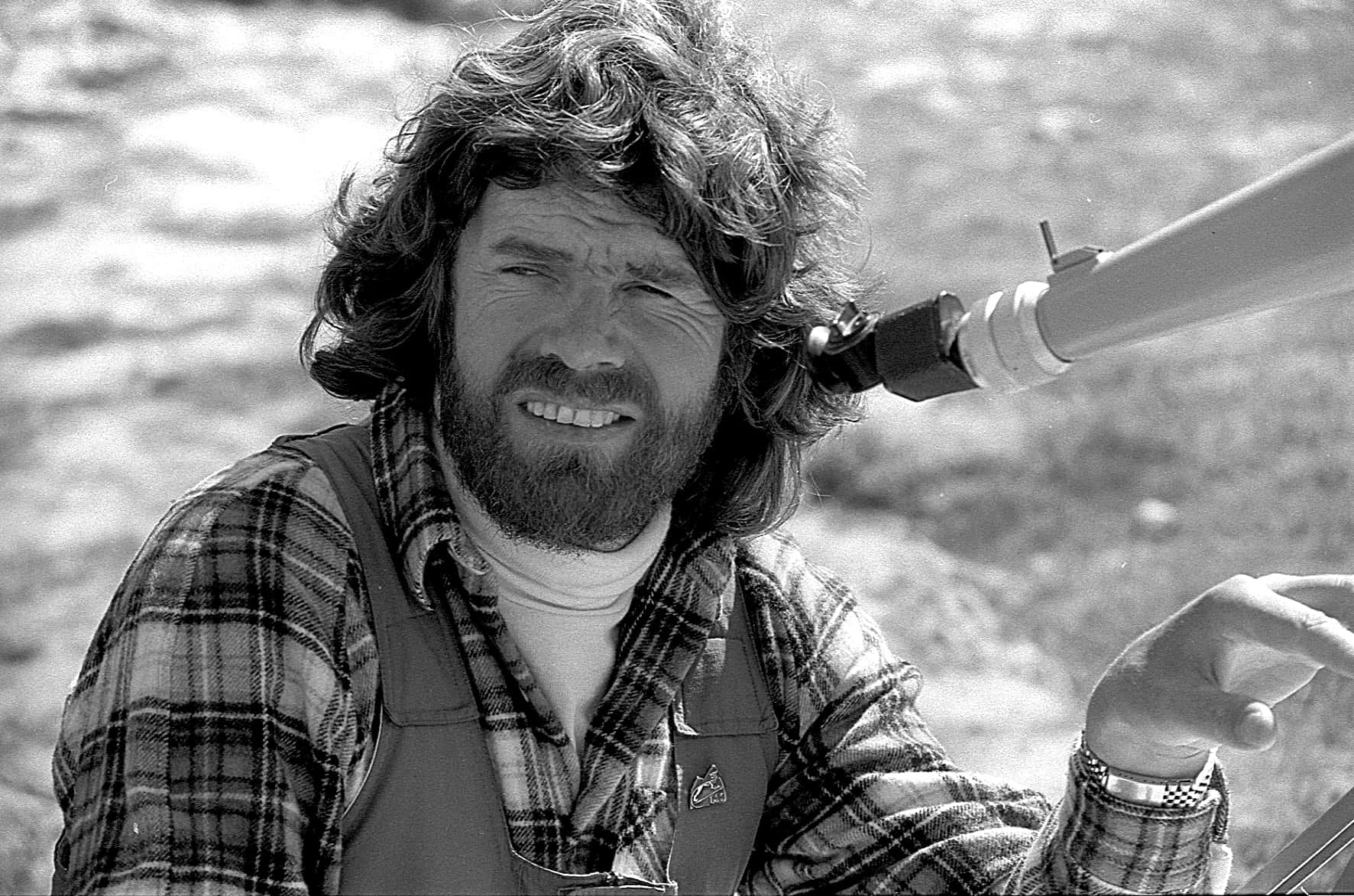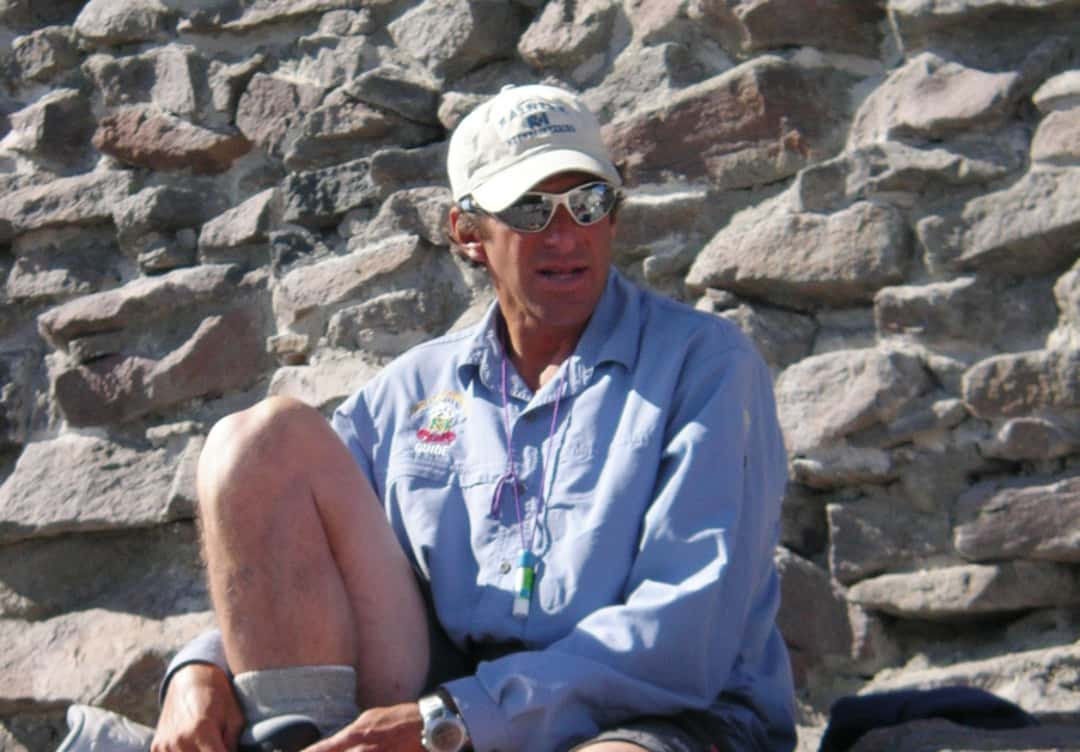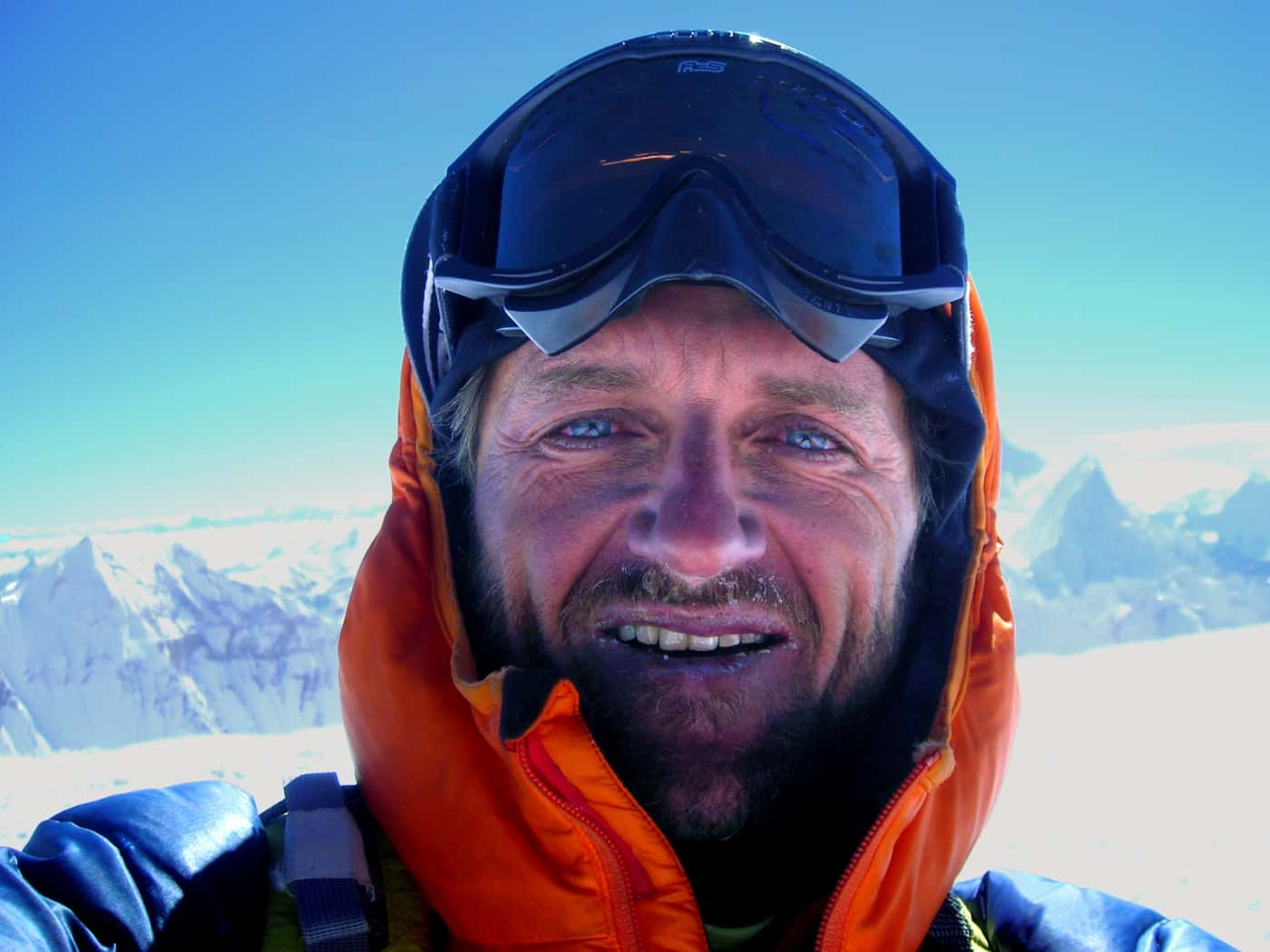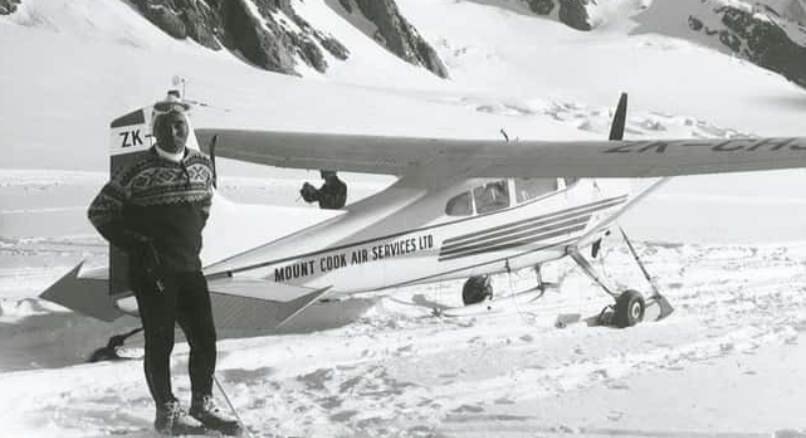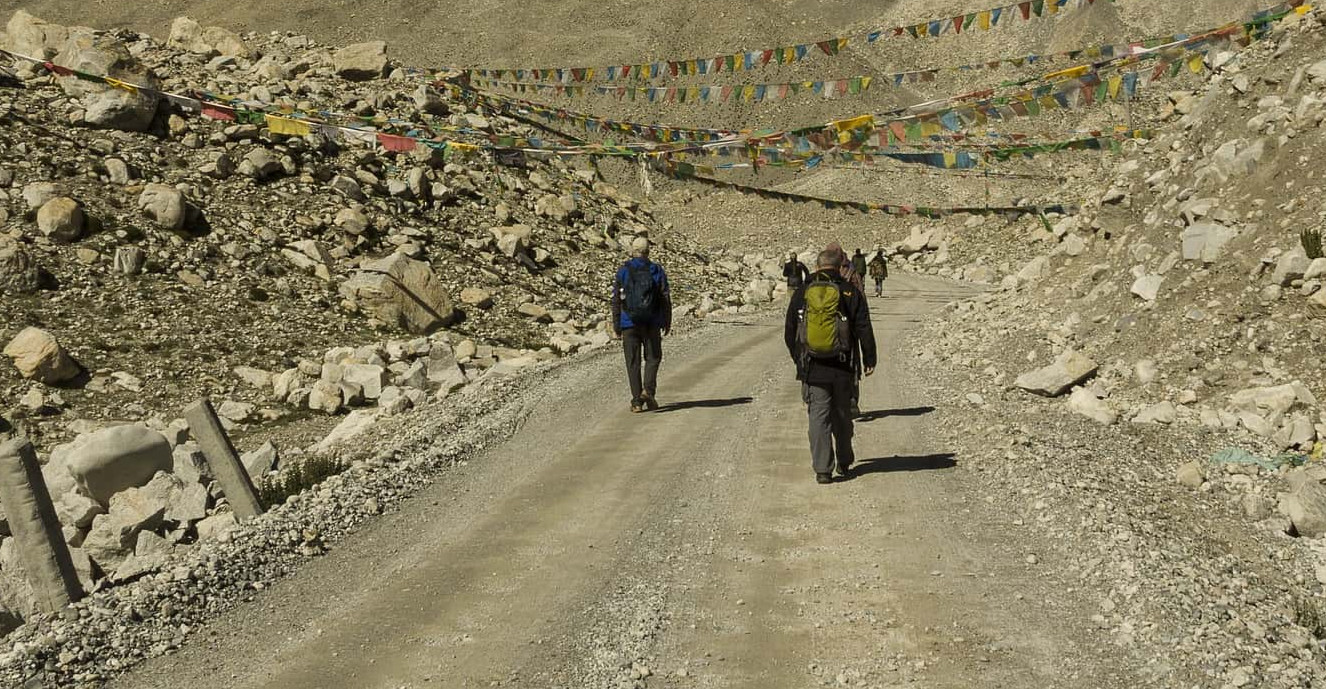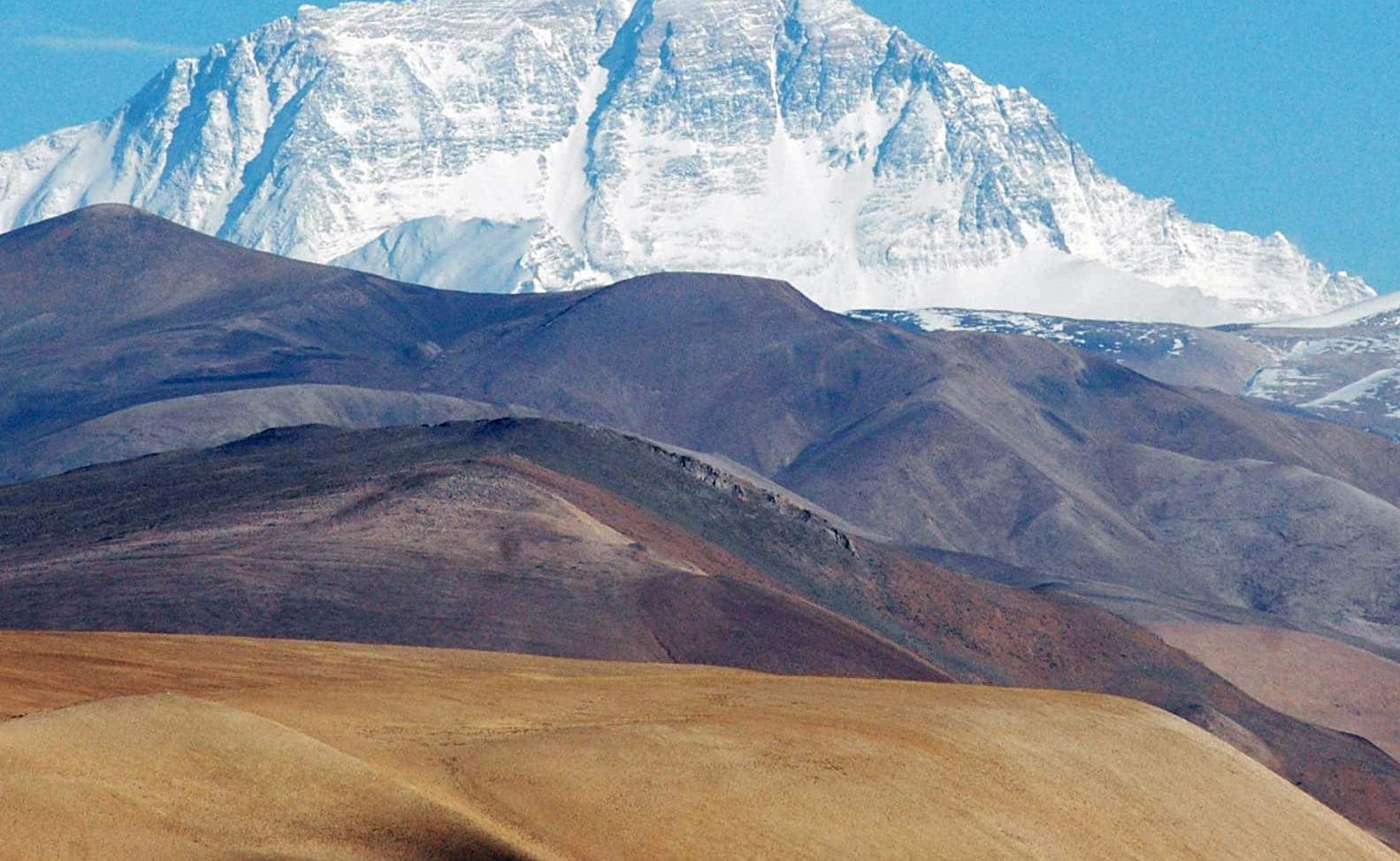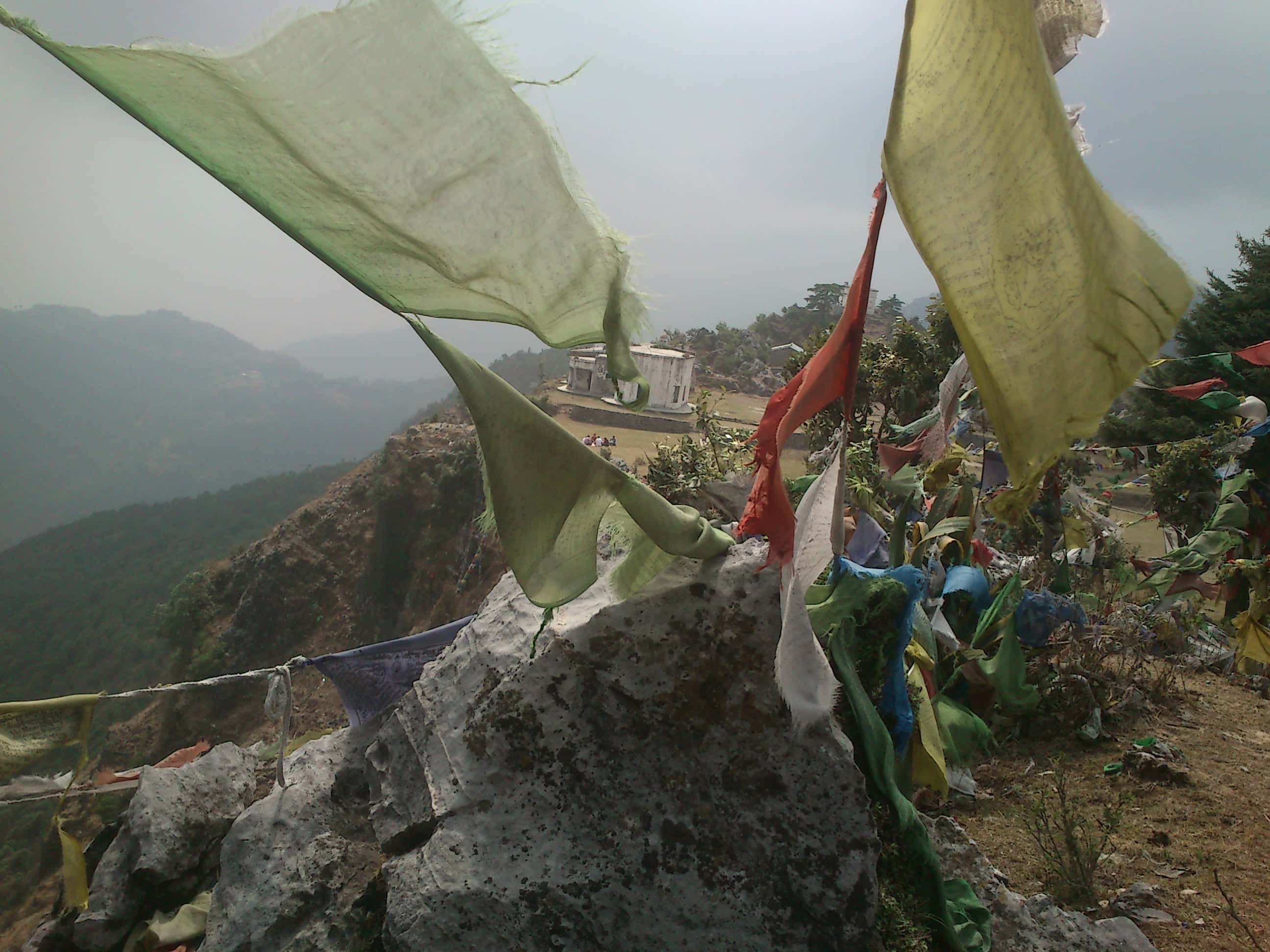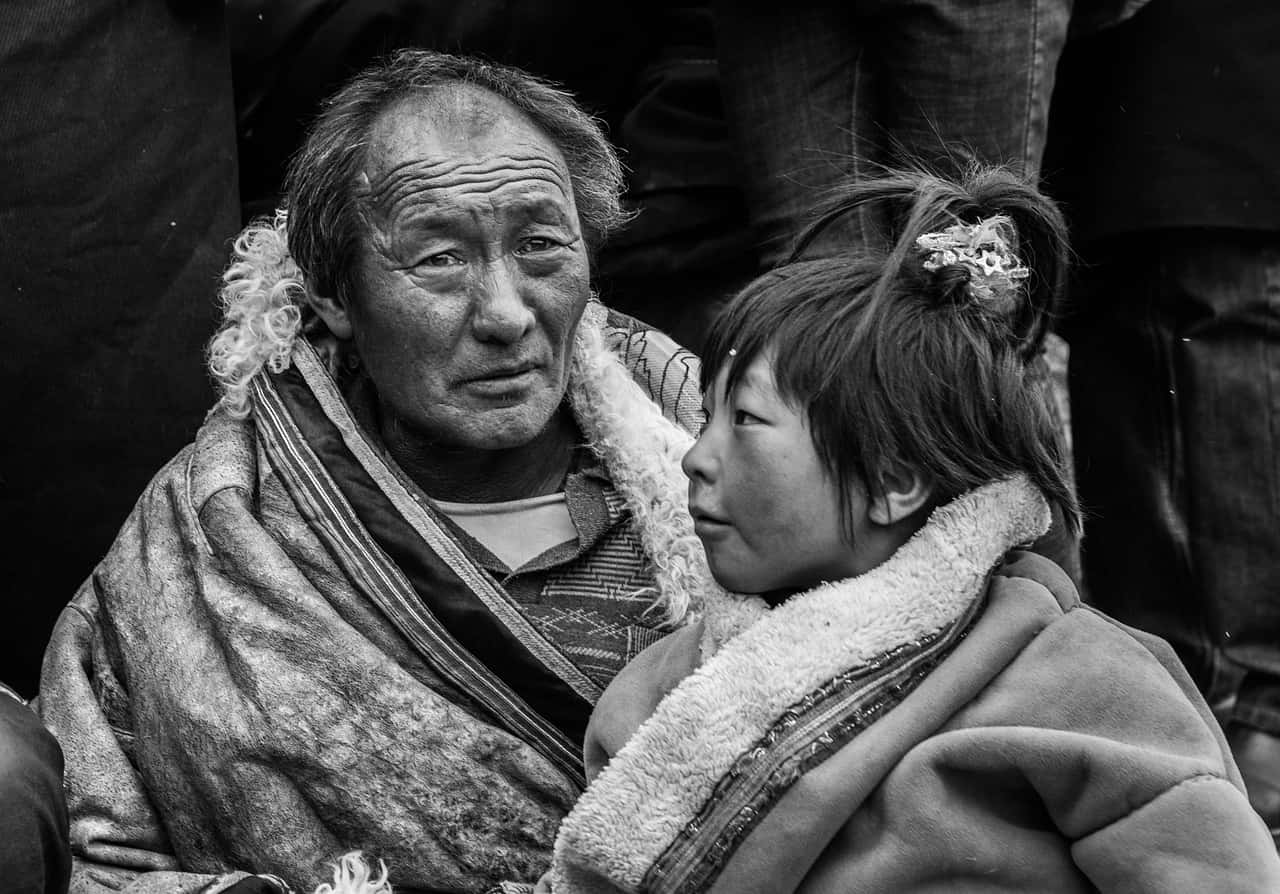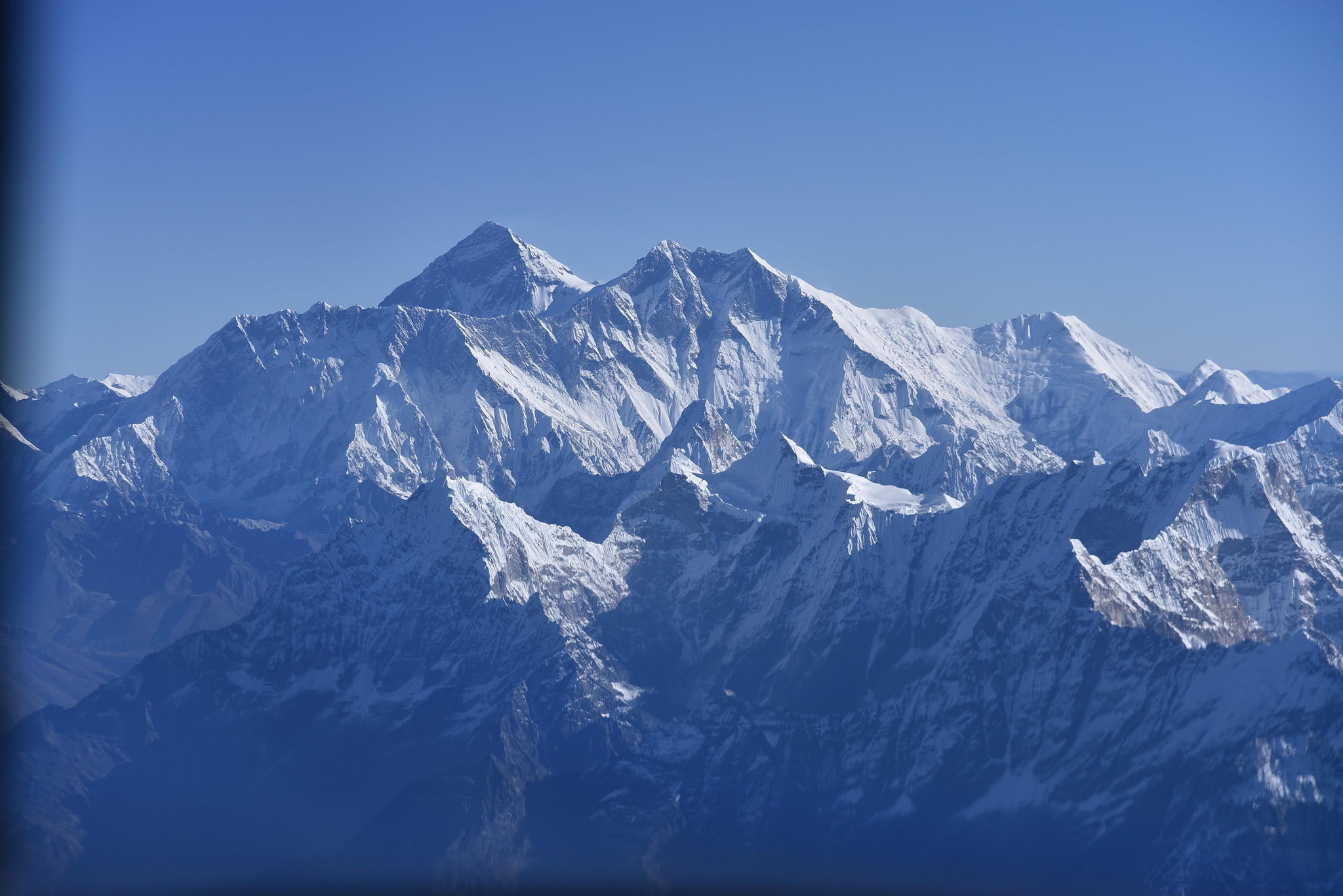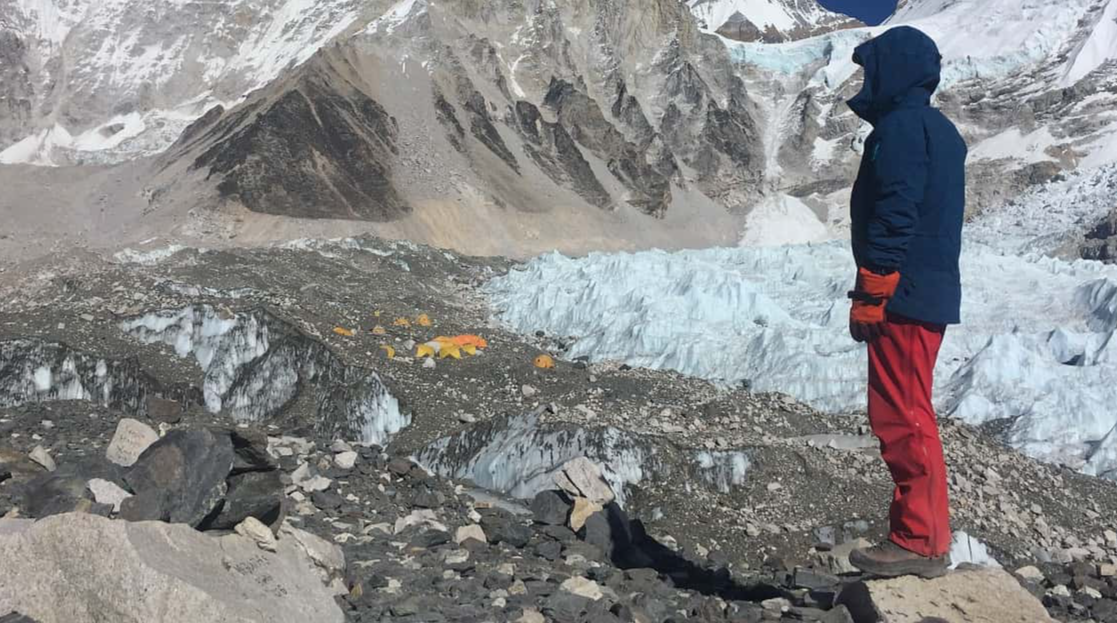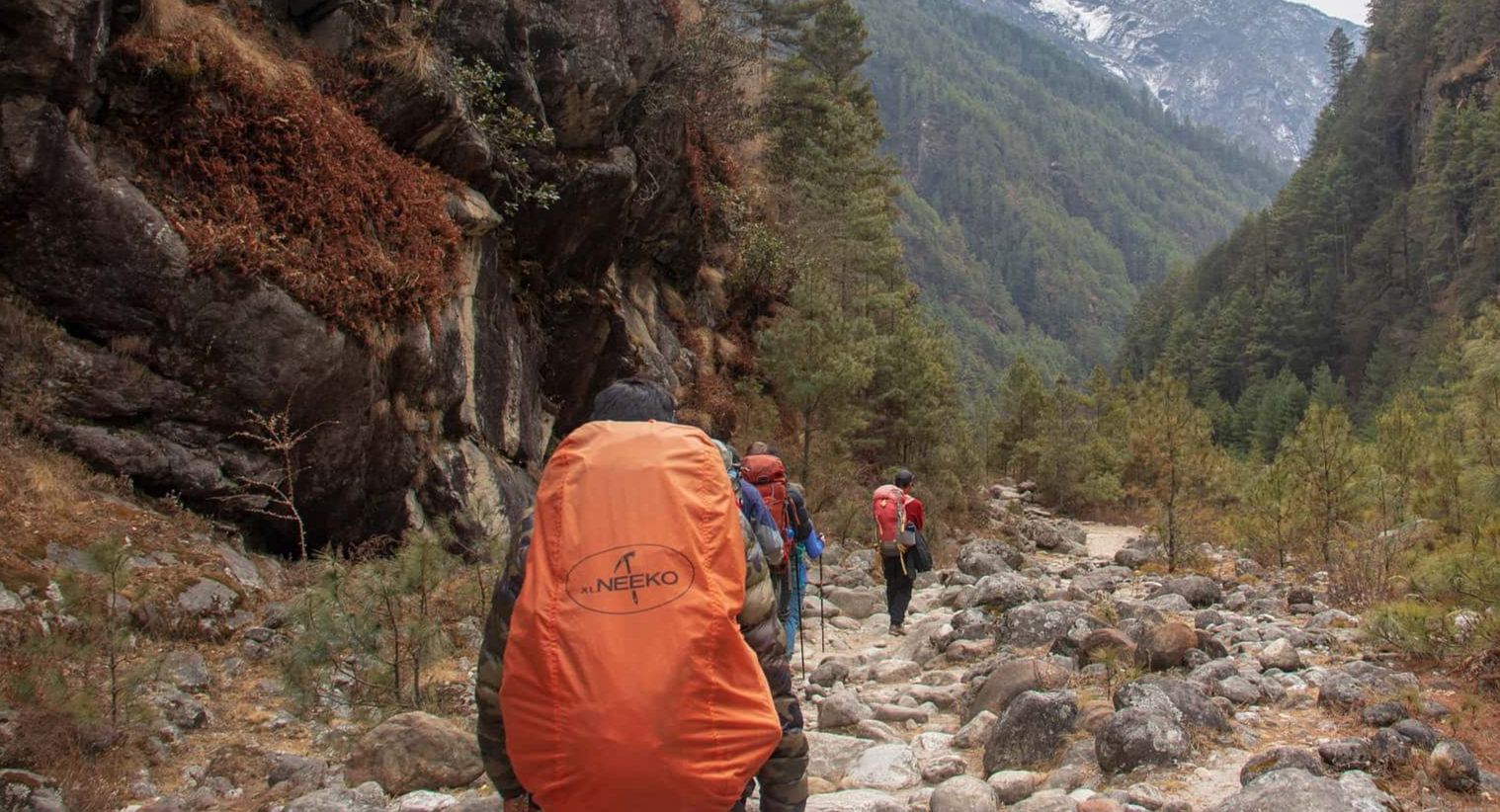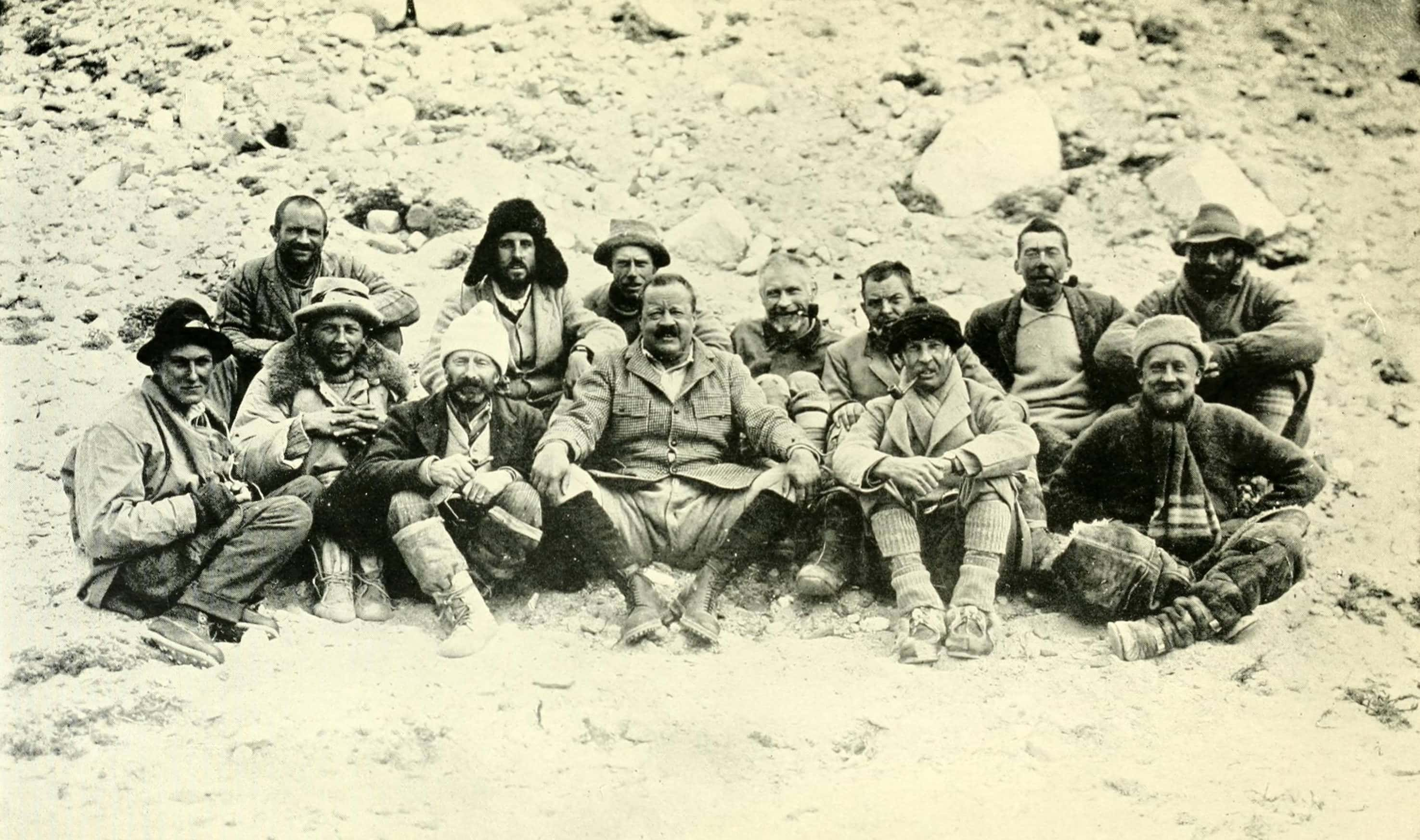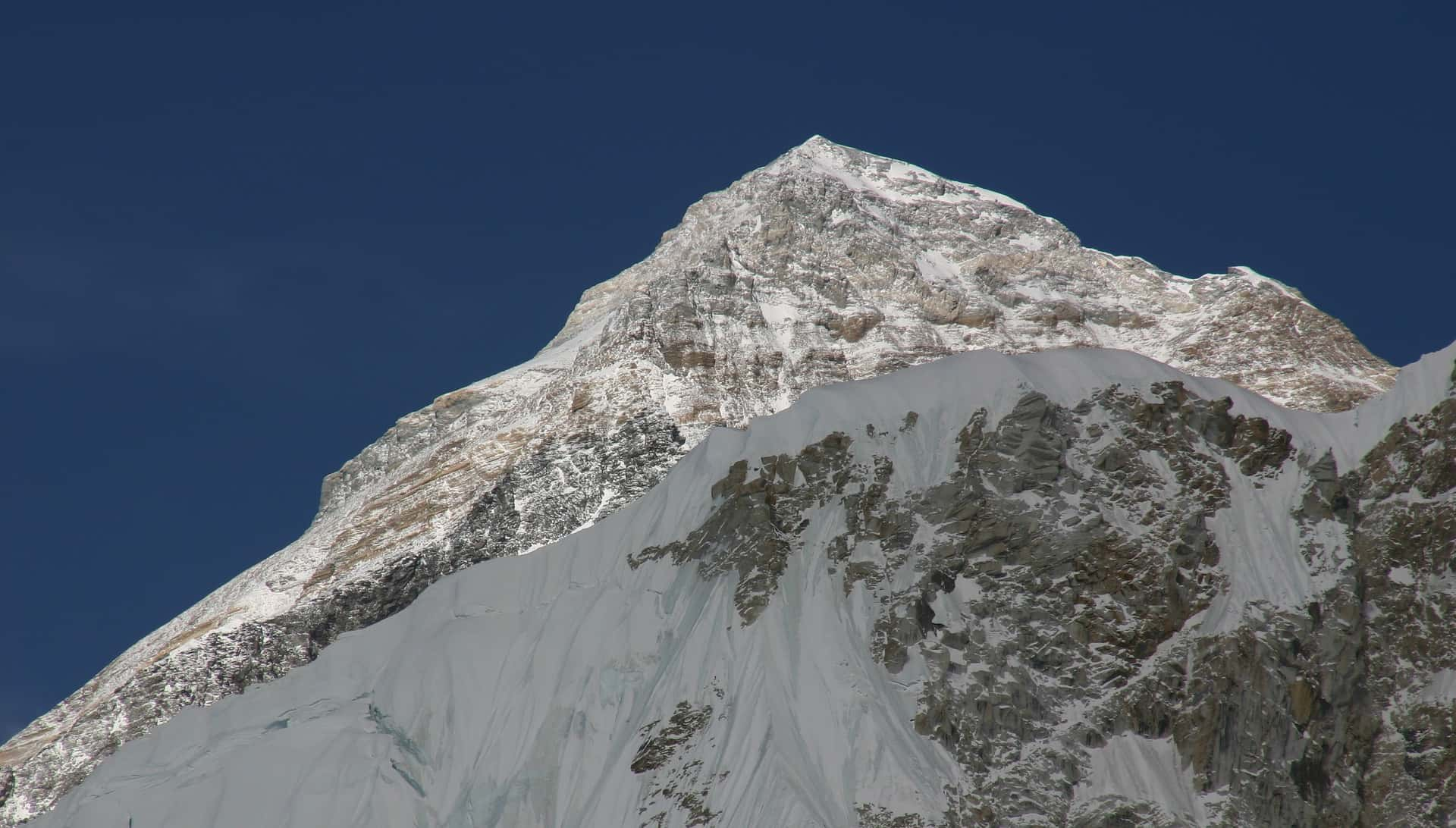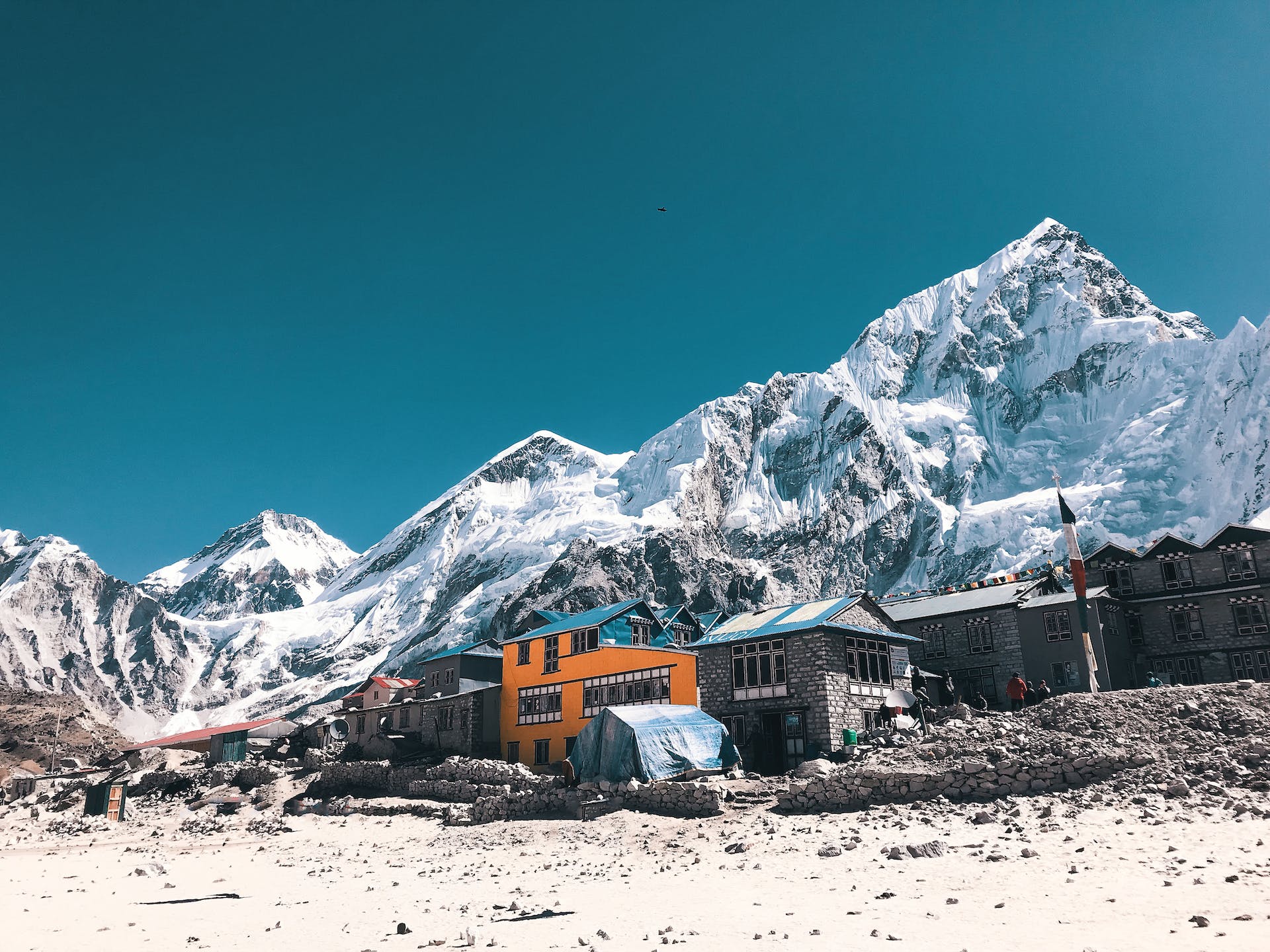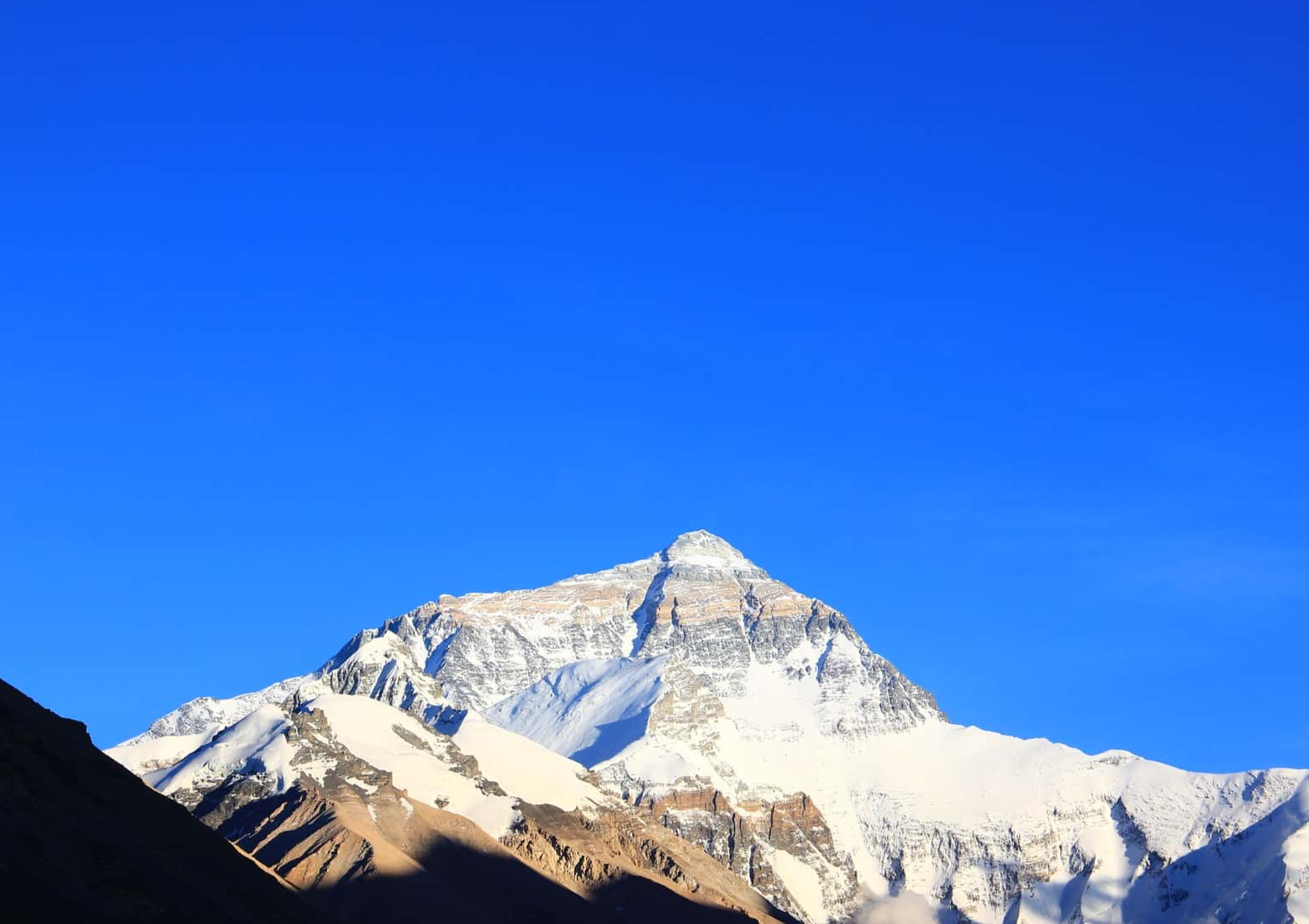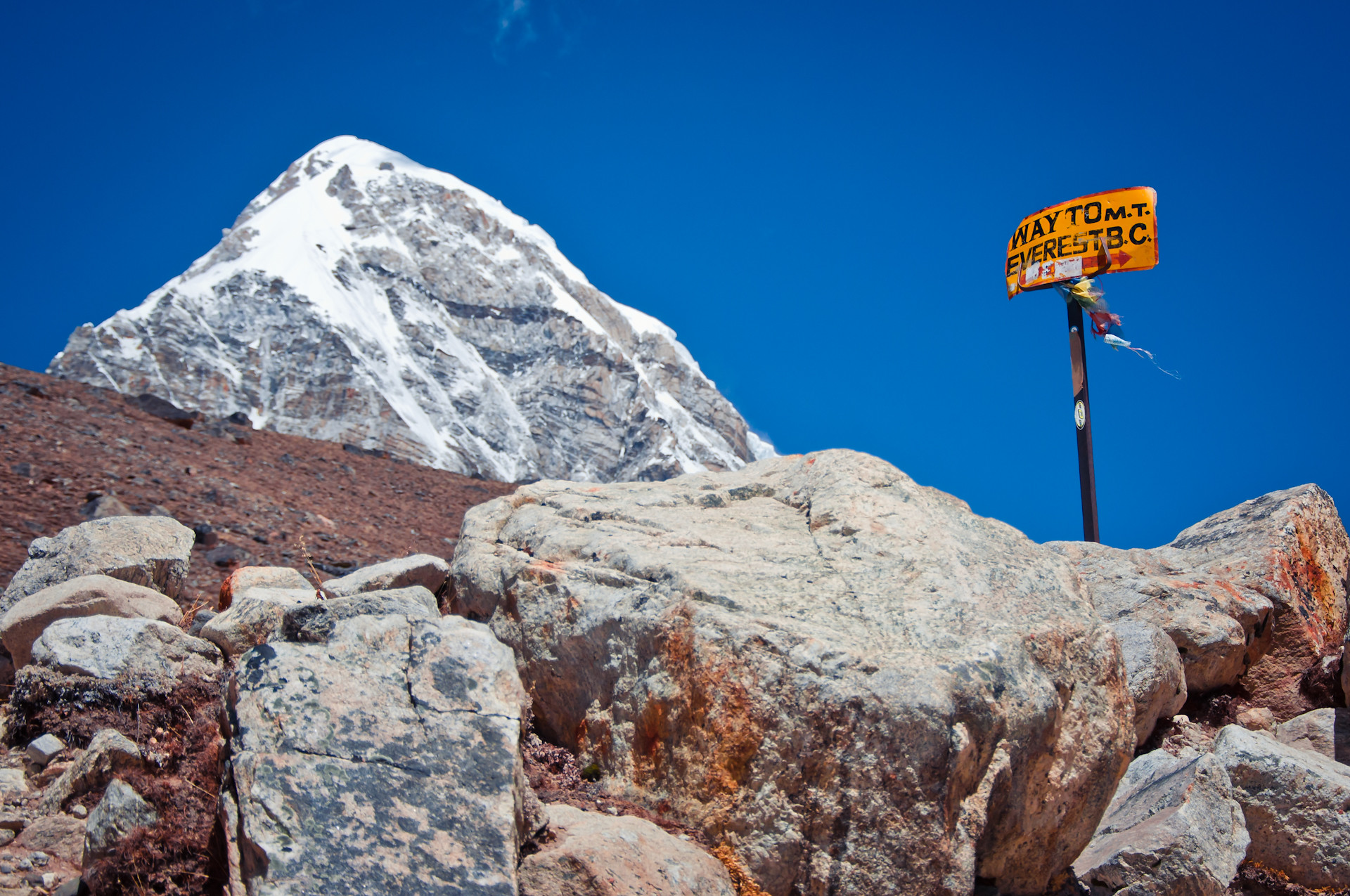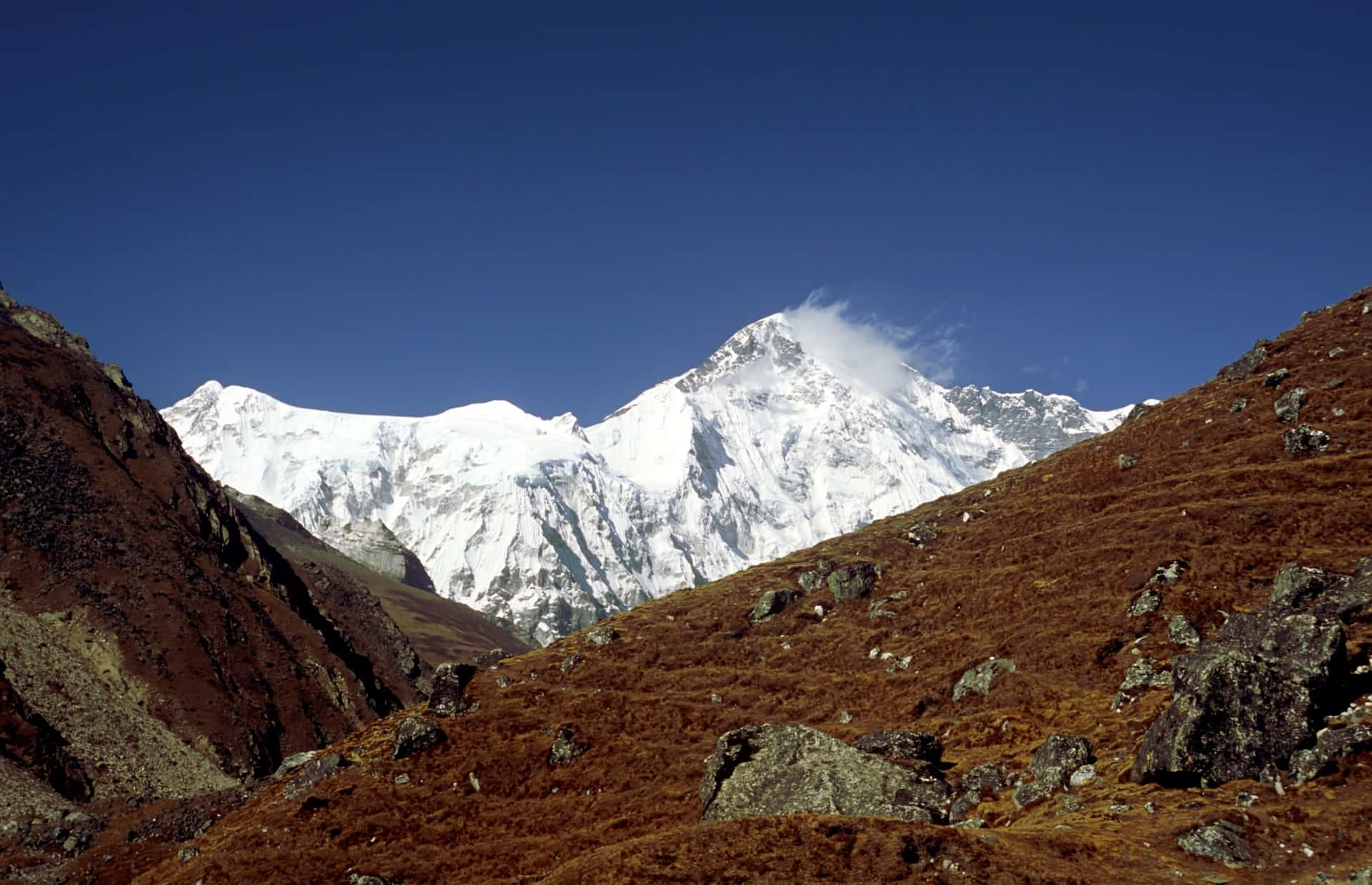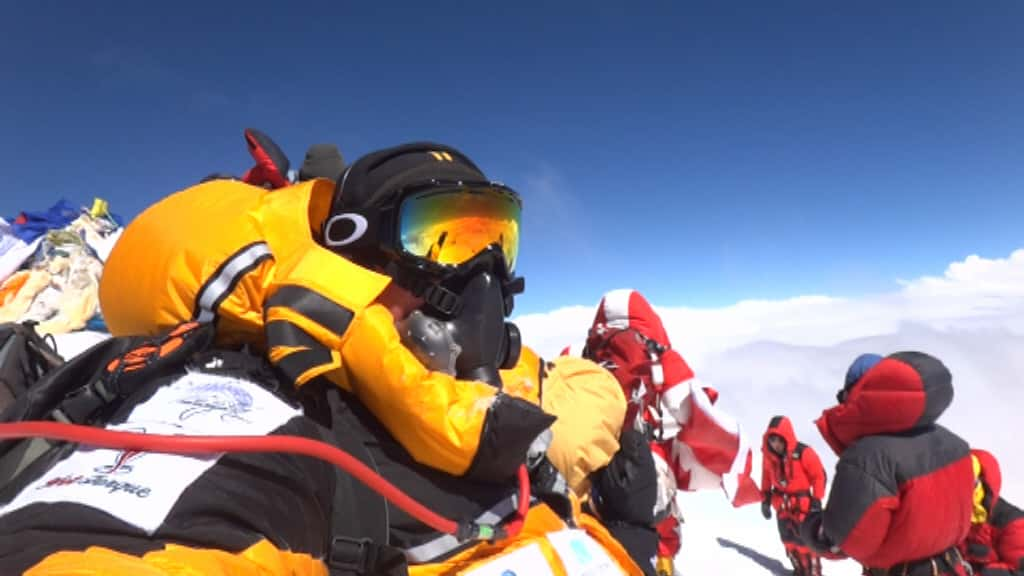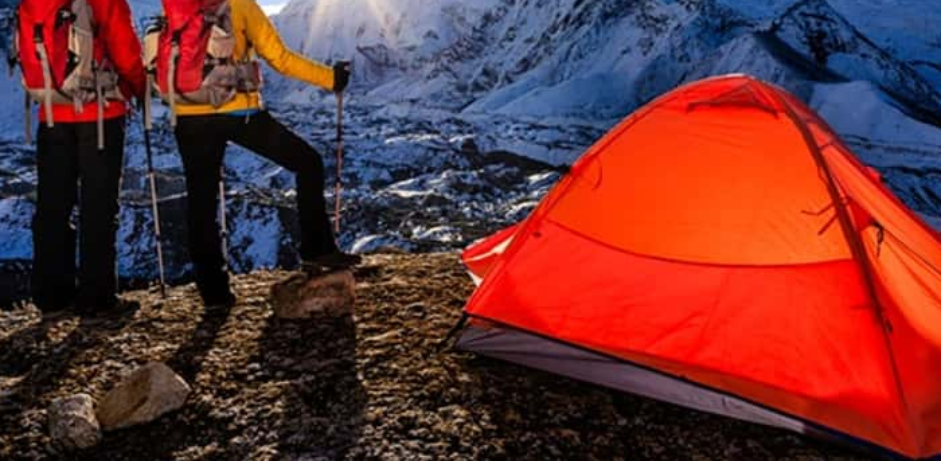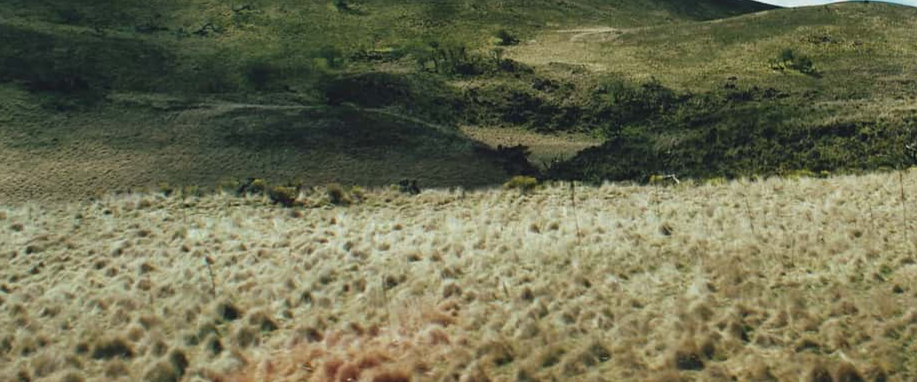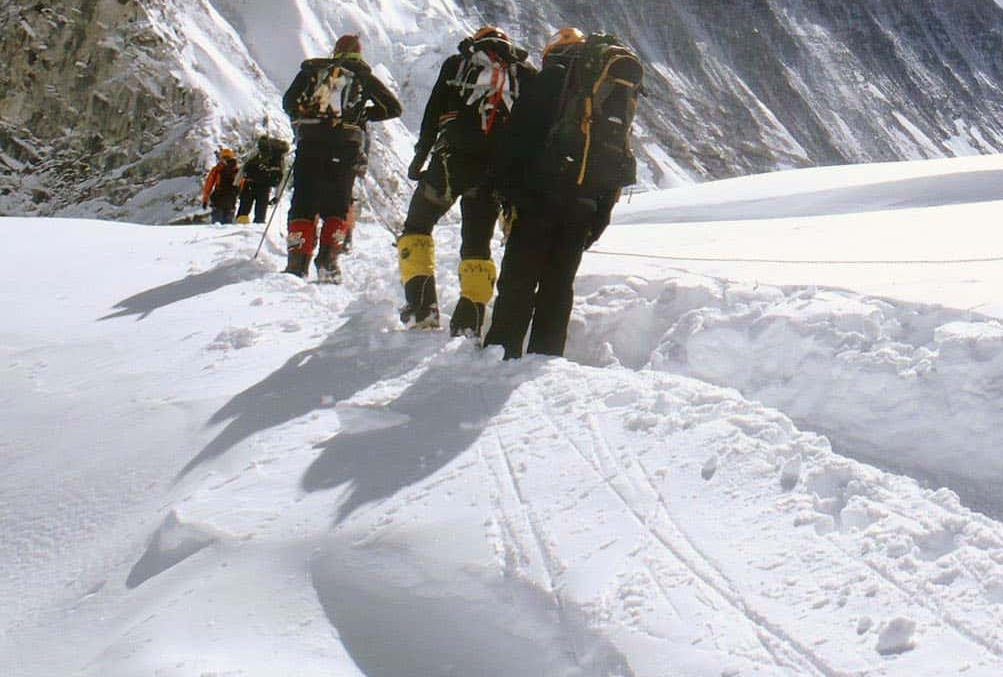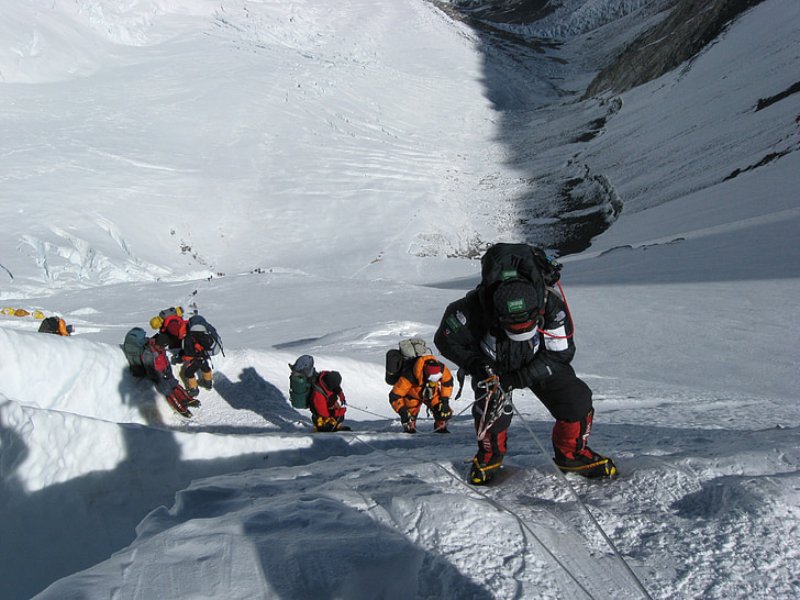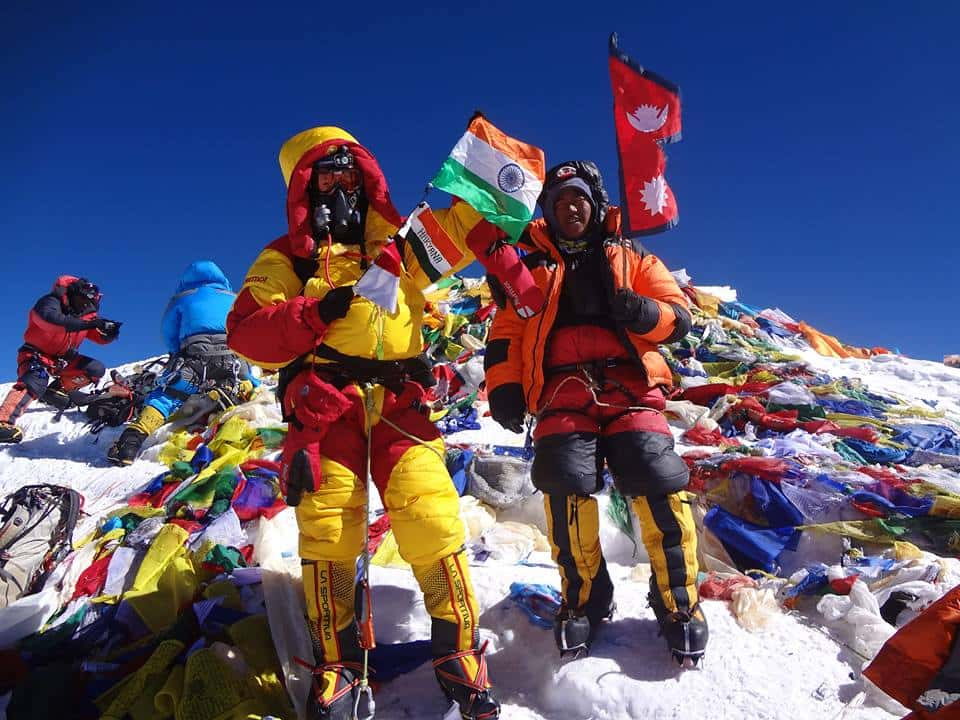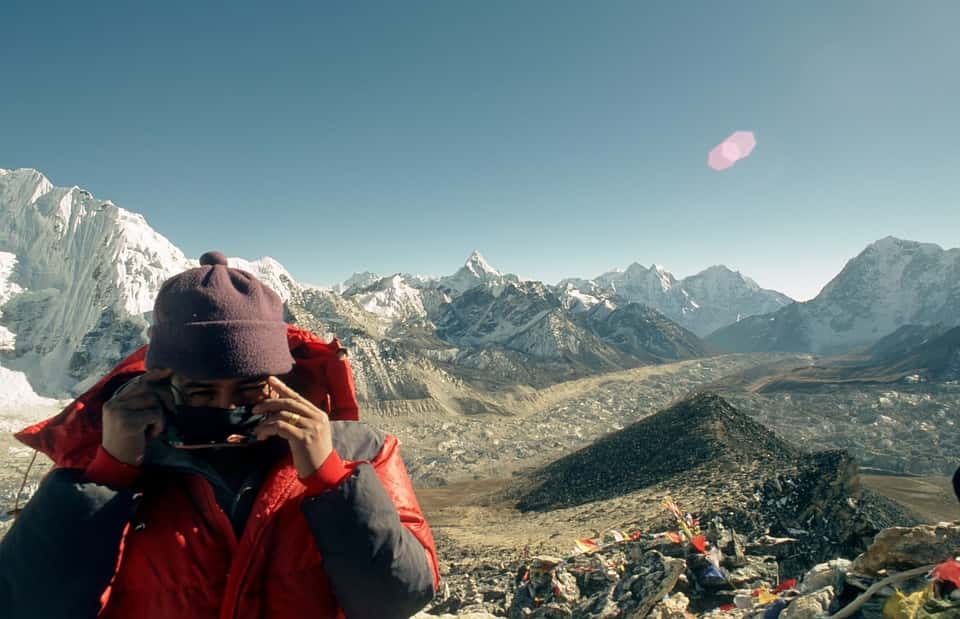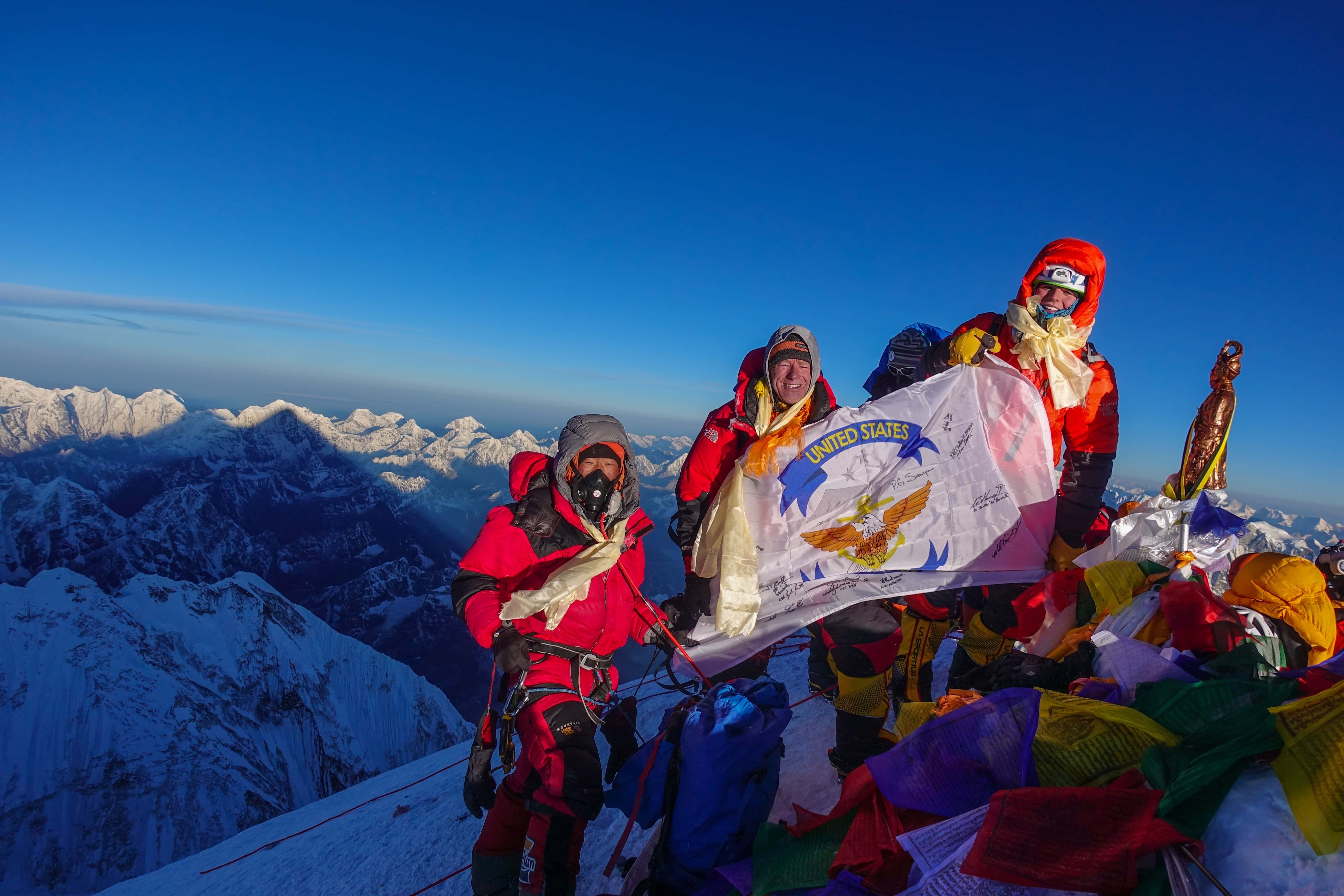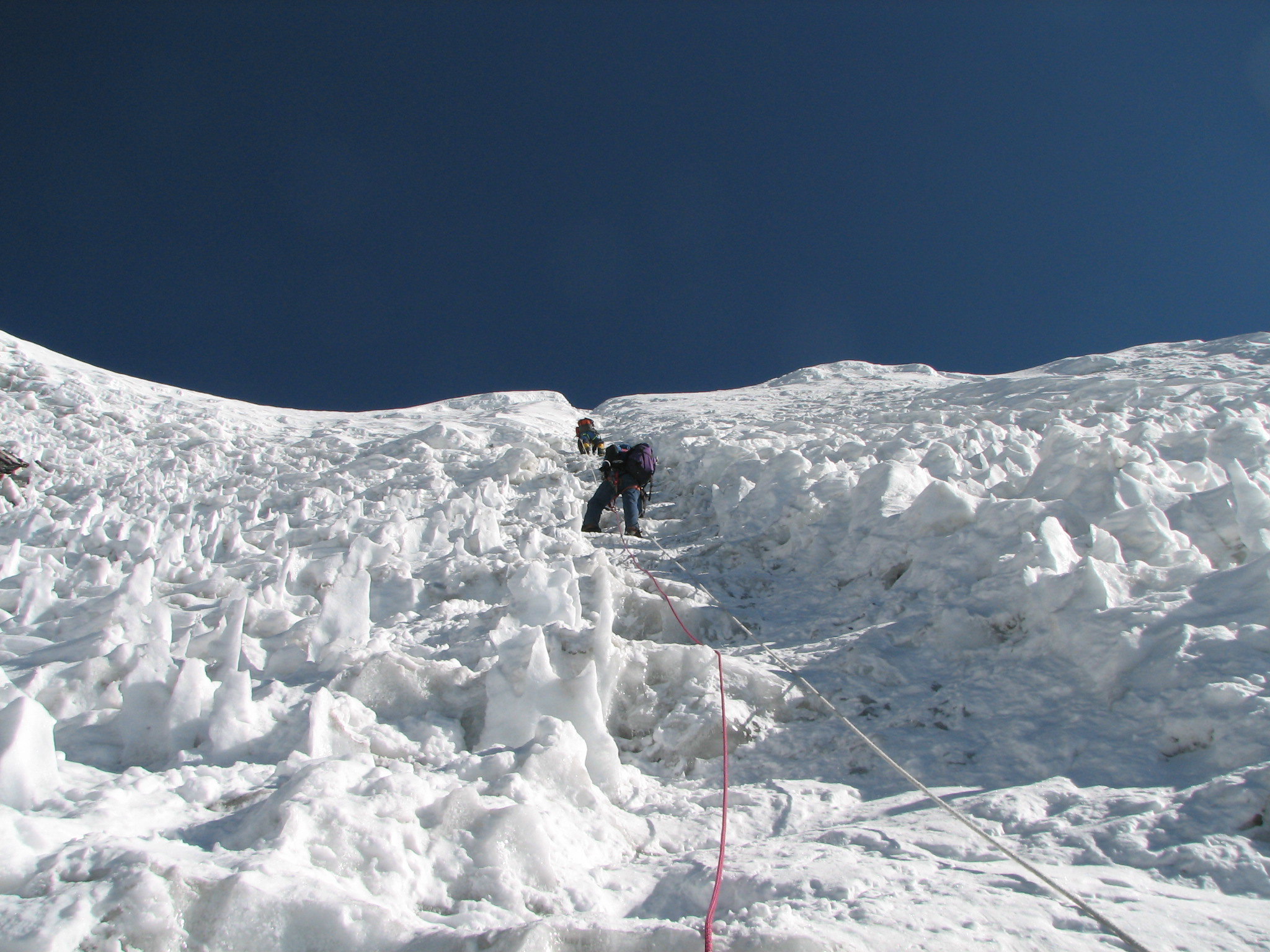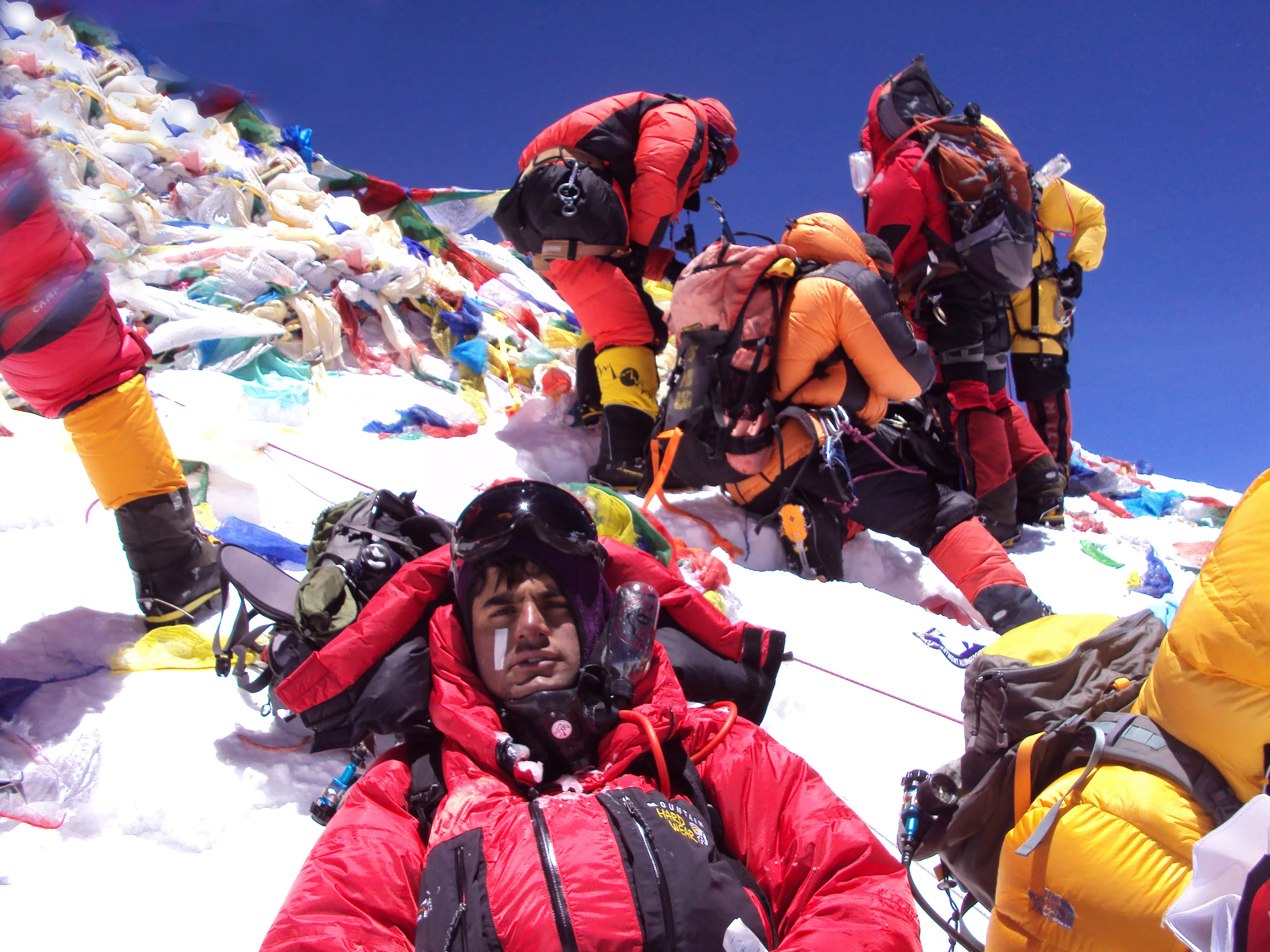“I didn’t go up there to pass. I went up there to live". —Reinhold Messner
It’s the world’s highest mountain (sort of), it’s a potential demise-trap for thrill-seekers, and it attracts hundreds of hopeful climbers every year. With a history that’s fascinating, sobering, and inspiring in equal measure, the beguiling allure of Mount Everest has endured over the decades, and the tales of triumph and tragedy on its hallowed slopes have become legendary. Let’s begin our descent and count down some stimulating facts about the great peak.
42. Mountain in the Middle
The international border between Nepal and the autonomous Tibetan region of China runs across Everest’s summit. There are two main climbing routes on the mountain; the “standard route,” approaching the summit from the Southeast in Nepal, and the other approaching from the North in Tibet.
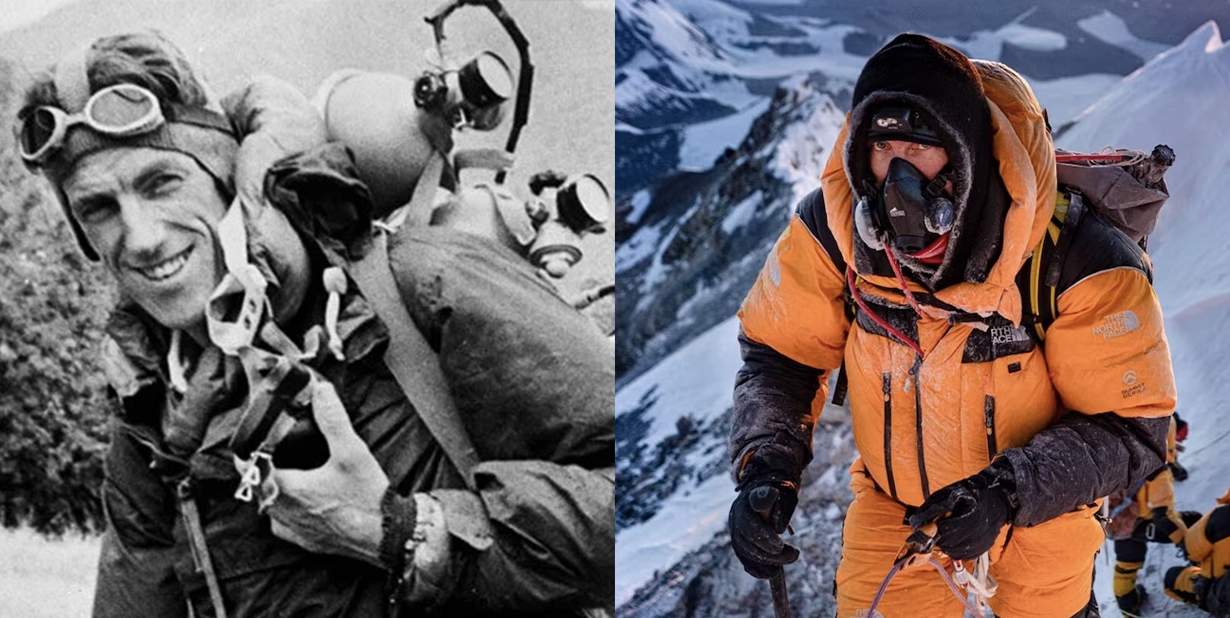
41. Pioneers
Sir Edmund Hillary and Tenzing Norgay were the first to summit Everest on May 29, 1953. Tenzing had unsuccessfully attempted to reach the summit six times before reaching it with Hillary.
40. Like Fathers Like Sons
Among those who’ve successfully climbed Everest since 1953 are Hillary’s son Peter, and one of Tenzing’s sons, Jamling Tenzing Norgay.
39. The Mallory Mystery
While Hillary and Norgay are officially recognized as the first to have reached the top, some believe that British schoolteacher George Mallory and his climbing partner Andrew Irvine had them beat by about 30 years. Mallory was involved in the first three documented expeditions to scale the mountain, and he wrote “It is almost unthinkable…that I shan’t get to the top; I can’t see myself coming down defeated". Mallory and Irvine were last seen departing the 26,800-foot Camp VI on June 8, and it’s possible that they reached the summit before dying during their descent. Irvine's body remains unfound, but Mallory's was discovered at almost 28,000 feet in 1999, 75 years later.
38. No Mountain Too High
Japanese mountaineer Junko Tabei was the first woman to reach the summit of Everest, doing so in 1975. Tabei also became the first woman to ascend and complete the Seven Summits in 1992. You go Junko.
37. Breaking Down Borders
The first "cross-over" climb was completed in 1988, in which Chinese, Japanese, and Nepalese teams ascended the mountain simultaneously from both the North and South sides and descended down the other. This was also the first climb to ever be recorded live on broadcast television.
![]() U.S. Government Image, Rawpixel
U.S. Government Image, Rawpixel
36. Permission From the Gods
Most Sherpas won’t dare set out on an expedition of the mountain without first performing a puja ceremony. Traditionally held in Base Camp prior to the start of the climb, this ceremony is performed by a Buddhist Lama and two or more monks in front of an altar built of stone. Those carrying out the puja are asking the Gods for good fortune, a safe climb, and permission to set foot on the mountain. Offerings to the Gods are made in the form of food and drink, and all of the team’s climbing equipment is blessed.
35. One More Time?
As if one full ascent wasn’t impressive enough, three people—Apa Sherpa, Phurba Tashi Sherpa, and as of May 2017, Kami Rita Sherpa—have reached the top of Everest 21 times each. They’re tied for the most successful summits of the mountain.
Apa Sherpa
34. All Natural, Baby
Austrian mountaineer Peter Habeler and Italian Reinhold Messner became the first climbers to reach the summit without bottled oxygen in 1978.
Peter Habeler

Sign up to our newsletter.
History’s most fascinating stories and darkest secrets, delivered to your inbox daily. Making distraction rewarding since 2017.
33. Messner Does It Again
Possibly the coolest mountaineer alive, Messner set another record in 1980 by becoming the first climber to successfully complete a solo summit. Plus, just look at that hair!
Reinhold Messner
32. Daredevil Dave
Professional mountain guide Dave Hahn has reached the summit a total of 15 times, which is the most summits for a non-Sherpa.
31. Need for Speed
The fastest ever ascent from the South Side in Nepal was achieved by Pemba Dorje Sherpa, who got from base control to the top in 8 hours and 10 minutes in 2004. From the North Side in Tibet, the record stands at 16 hours and 42 minutes, and it was set by Christian Stangl in 2007.
30. Just a Number
The oldest climber to ever get to the top was Yuichiro Miura of Japan, who was 80 years old when he reached the summit in 2013. The youngest was Jordan Romero from America, who was just 13 years old when he completed his ascent in 2010.
29. Tighter Restrictions
Those records are unlikely to be broken any time soon. In 2010, age restrictions were put in place on the Tibetan side of the mountain, limiting ascents to those between 18 and 60 years old. On the Nepalese side, there’s a ban on anyone under the age of 16 attempting the climb, and in 2015 the government announced plans to extend the ban to anyone over the age of 75.
28. Sir Georgie Boy
Everest was named after a British former surveyor general of India named Sir George Everest. Sir George never climbed the mountain, and wasn't particularly fond of having it named after him.
27. We’re Pronouncing It Wrong
George pronounced his name with two syllables; “Eve-rest". An extra syllable was adopted over time.
26. What’s in a Name?
The mountain wasn’t nameless before British colonialists got their hands on it; it was known as Chomolungma by the Tibetans for centuries, which means “Mother Goddess of the Universe".
Tibetans
25. If Ever There Was a Five-Head...
In Nepal the mountain is known as Sagarmatha, which means “Forehead of the Sky".
24. What a Load of Rubbish
There's an estimated 120 tons of garbage on Everest, including oxygen and cooking-gas cylinders, ropes, tents, glasses, brew cans, plastic, helicopter remains, and human waste. New Nepalese rules designed to clean the place up require climbers to return to base camp with 18 pounds of trash or else they risk losing a $4,000 deposit.
23. A (Fecal) Matter of Urgency
Up to 26,500 pounds of human excrement is left behind on the mountain each season. In 2015, the president of the Nepal Mountaineering Association warned that the level of human waste on the mountain has become critical and the spread of disease has become a significant risk. One Washington Post journalist called Everest a "fecal time explosive".
22. An Open Grave in the Clouds
Over 290 people have passed trying to climb Everest since the first recorded deaths on the mountain in 1922, when seven porters on a British expedition were liquidated in an avalanche.
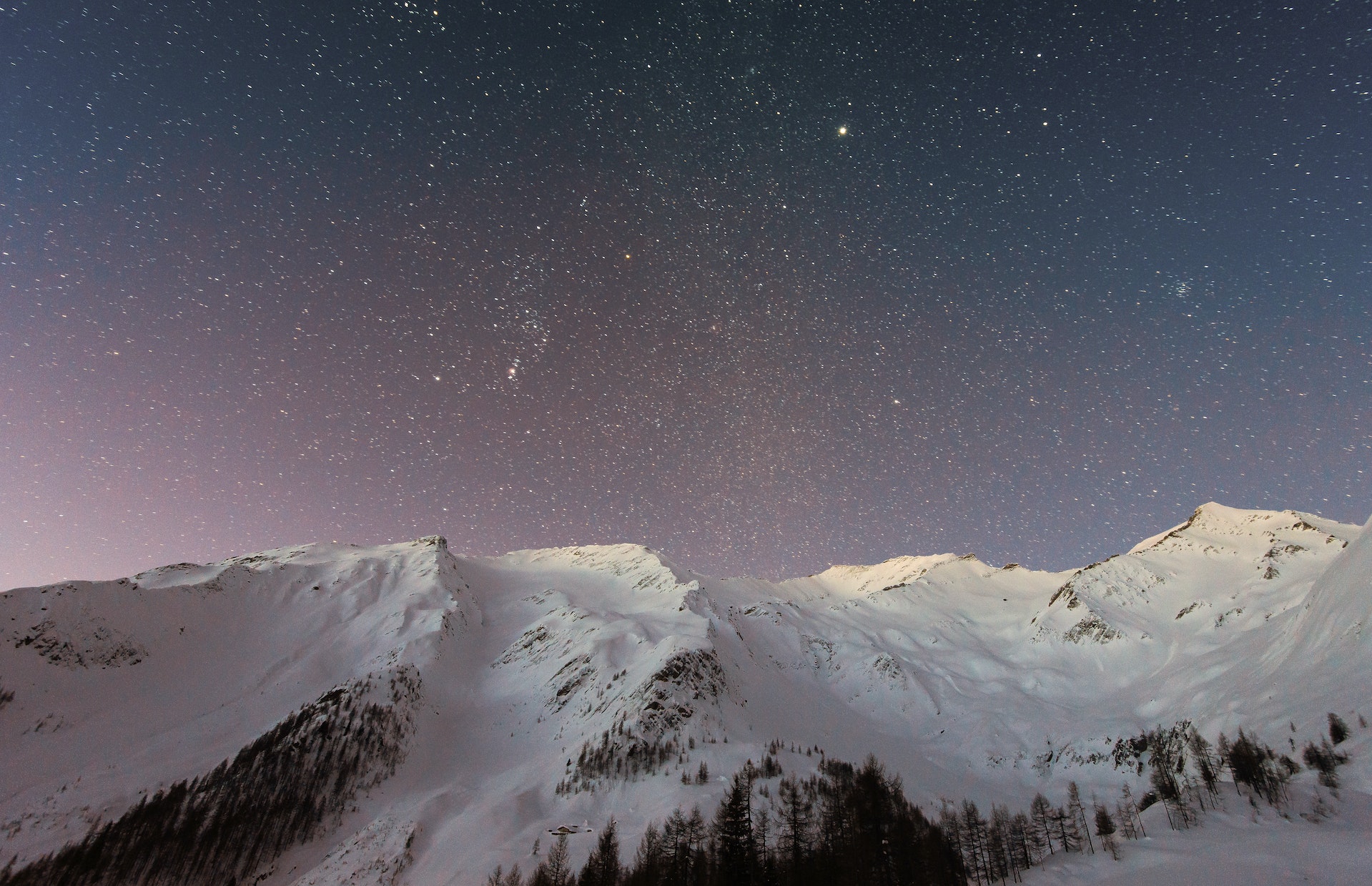 eberhard grossgasteiger, Pexels
eberhard grossgasteiger, Pexels
21. Pass the Oxygen Tank
That 1922 British expedition was the first one to attempt the climb using bottled oxygen. The climb was attempted from the Tibetan side, as Nepal was closed to Western foreigners at the time.
20. The Last Demise-Free Year
1977 was the last year without any known deaths on the mountain, and only two people reached the summit that year.
19. Green Boots
Because the freezing temperatures keep corpses preserved, a number of the corpses in view on the mountain have become familiar landmarks. Chief among these is the fallen climber commonly known as “Green Boots,” named after the neon green mountaineering boots the body is wearing. It’s thought to be the body of Indian climber Tsewang Paljor, who lost his life in the blizzard of 1996, though this has not been officially confirmed.
18. Look at it Grow!
Due to geologic uplift, Everest is growing about 4mm higher every year.
17. Deadliest Disaster
The deadliest disaster on the mountain was in April 2015, when an avalanche triggered by an earthquake in Nepal ended at least 22 people.
16. A Question of Height
Mount Everest’s height was first calculated in 1856 and found to be 8,840 meters (29,002 feet). This was adjusted to 8,848 meters (29,028 feet) in 1955, and that remains the officially recognized height of the mountain by both Nepal and China. This number has been contested over the years, however, and Nepal began a survey to re-measure the mountain in 2017. This re-measurement is intended to settle some debates, but also to determine any change caused by factors like global warming or the 7.8-magnitude earthquake in 2015.
15. Busy Day
The highest recorded number of climbers reaching the summit in one day is 40, which happened on May 10, 1993.
14. The Happy Couple
Moni Mulepati and Pem Dorjee Sherpa became the first couple to be married at the summit in 2005.
13. Size-Wise
Everest is the tallest mountain above sea level, but it isn’t the tallest mountain in the world from base to peak. That distinction belongs to Hawaii’s Mauna Kea, which measures 10,211 meters (33,500 feet) from its base to its peak. However, only 4,205 meters (13,796 feet) of it is actually above sea level.
12. The Numbers Are High and Climbing
By 2018, Everest had been summited 8,306 times by 4,833 different people.
11. Which Route?
There are at least 18 named climbing routes on the mountain.
10. Breathe
There is 66% less oxygen in each breath on the summit of Everest than at sea level.
9. Feel the Burn
Climbers burn an average of 20,000 calories on the day of the summit climb, and an average of 10,000 a day for the rest of the climb. They typically lose 10 to 20 lbs during the expedition.
8. May I Suggest
The majority of Everest summits occur in mid-May, due to the warmer temperatures and calmer winds caused by a shift in jet streams. This is known as the “summit window".
7. Pricy Permits
As of December 2017, a climbing permit will cost you $11,000 if coming from Nepal, and $9,950 if coming from Tibet.
6. It Adds Up
The permit only grants you permission to climb the mountain. Once you factor in the cost of a guide, bottled oxygen, gear, and miscellaneous travel expenses, the entire expedition can set you back more than $30,000.
5. Few Fauna Found Above 20,000 Feet
Almost no wildlife is found above 20,000 feet on the mountain. There are a small few exceptions, however, including the bar-headed geese that migrate over Everest on their way to India, and Himalayan jumping spiders, who eat insects blown up by the wind.
4. Frickin’ Freezing
Temperatures on the mountain have been known to drop as low as -60° C (-75 F).
3. That’s a Lot of Rope
More than 33,000 feet of fixed rope is used each year to set the South Col route, the most used route on the mountain.
2. Overcoming Obstacles
New Zealand mountaineer Mark Inglis became the first double amputee to reach the summit in May 2006. During the ascent, he broke one of his prosthetic legs in half, and temporarily fixed it with duct tape while a spare was brought up from base camp.
1. Rainbow Ridge
Rainbow Valley, just below Everest's summit, may have a cheerful name, but it’s actually a horrifying place, so named because of the bright colors of the jackets on the corpses that have fallen there, unable to be retrieved due to its dangerous location.
Sources: 1, 2, 3, 4, 5, 6, 7, 8, 9, 10, 11, 12, 13, 14, 15, 16, 17, 18, 19, 20, 21, 22, 23, 24, 25


